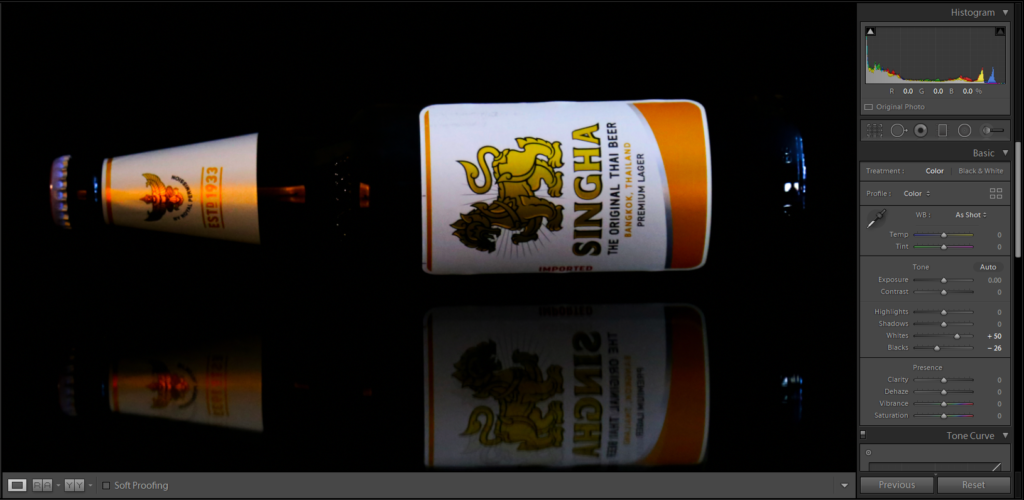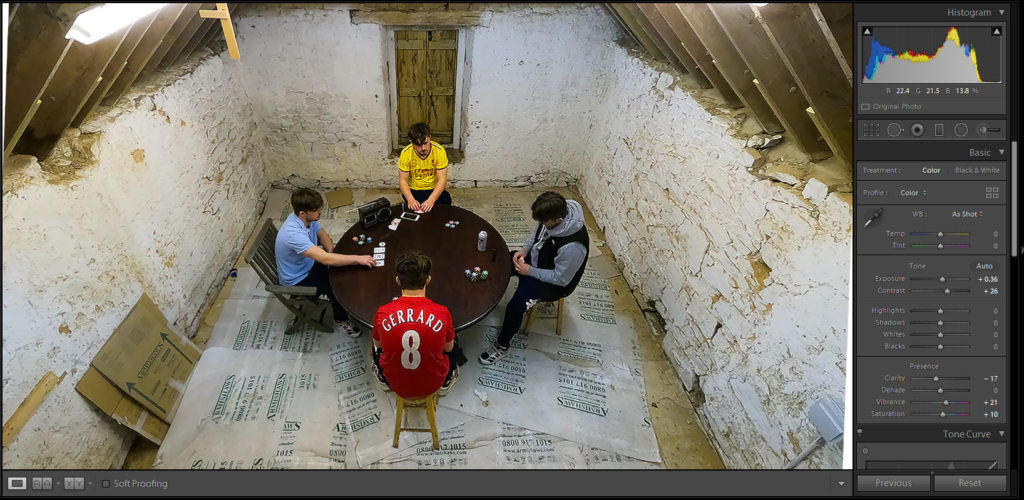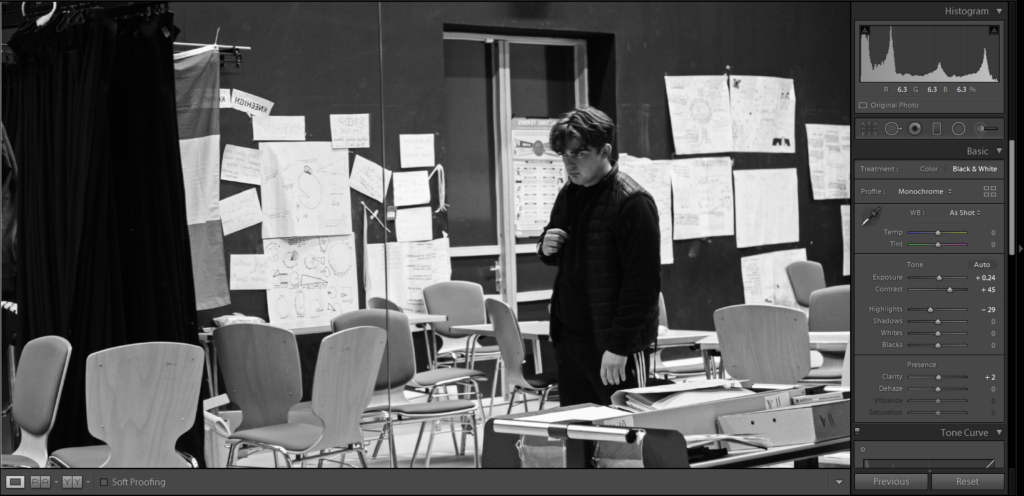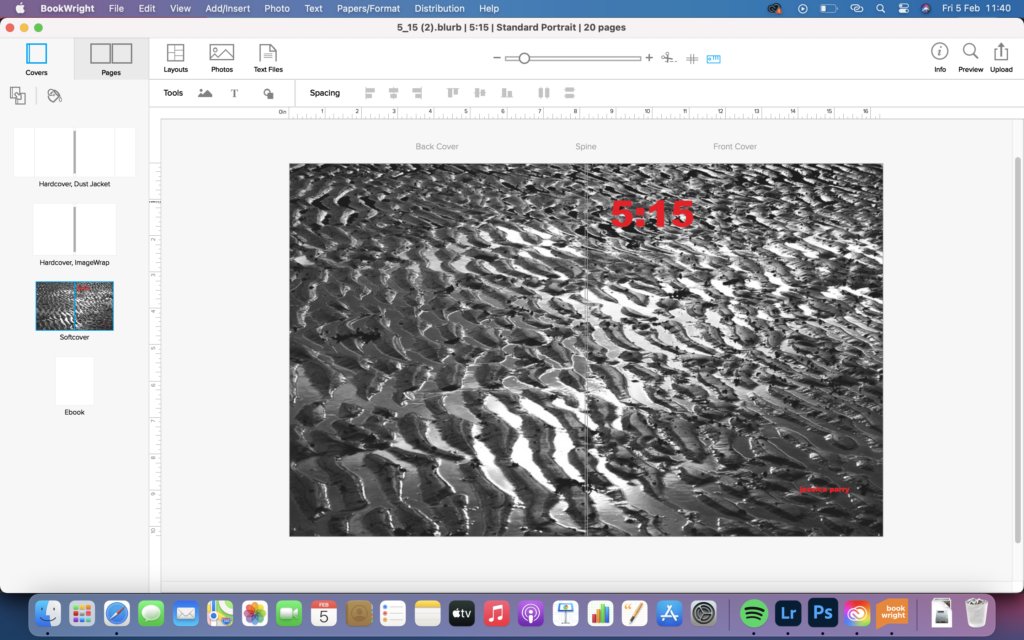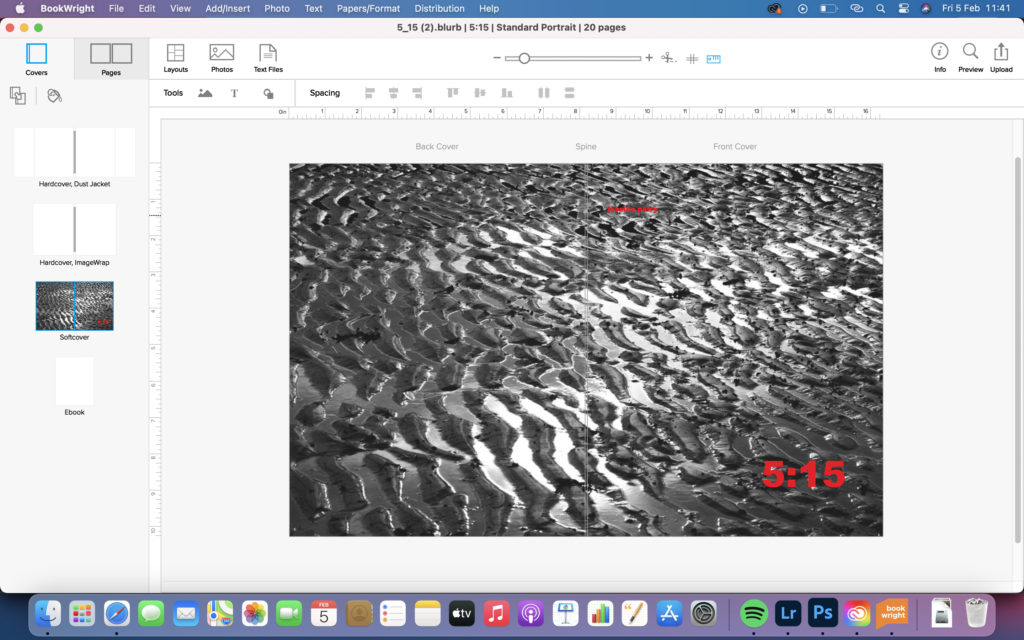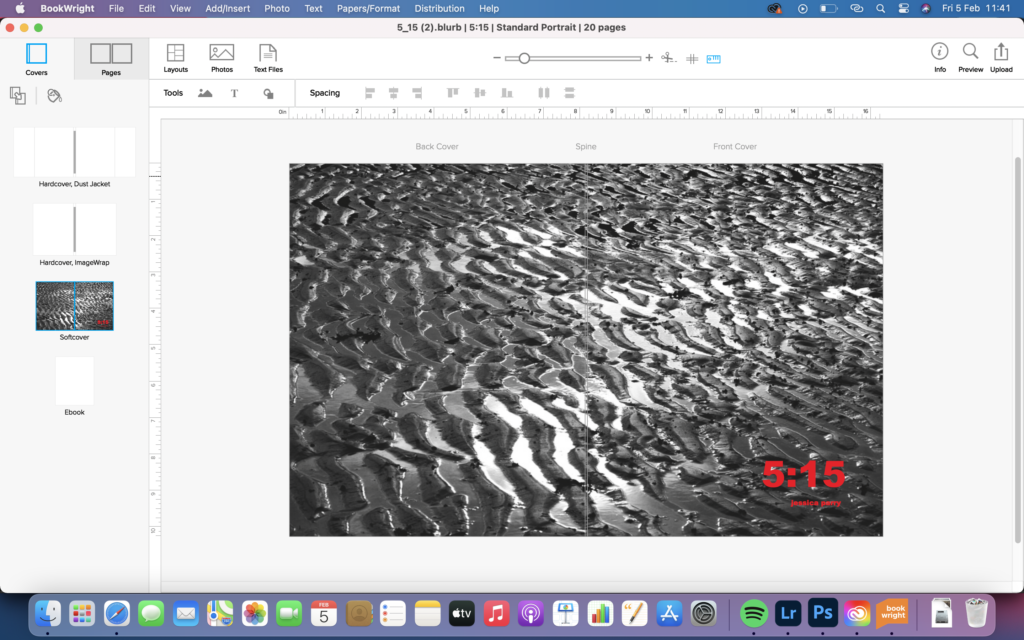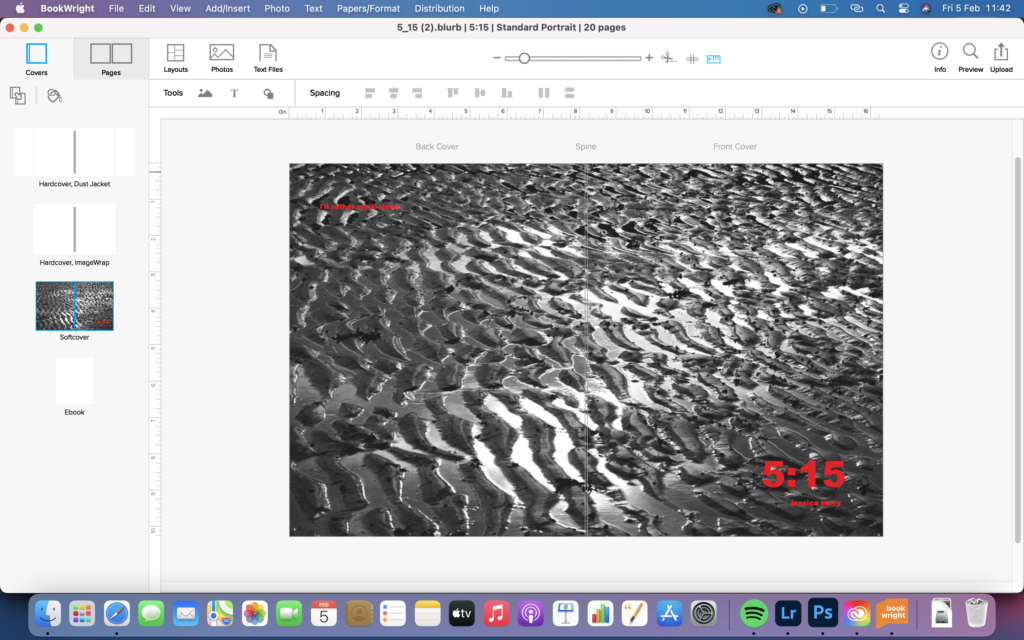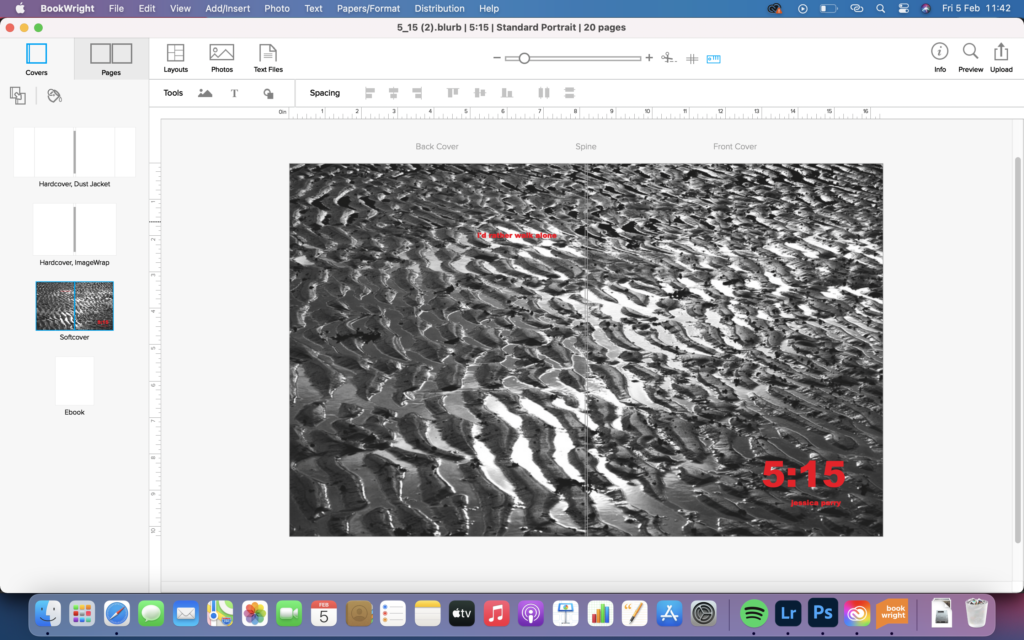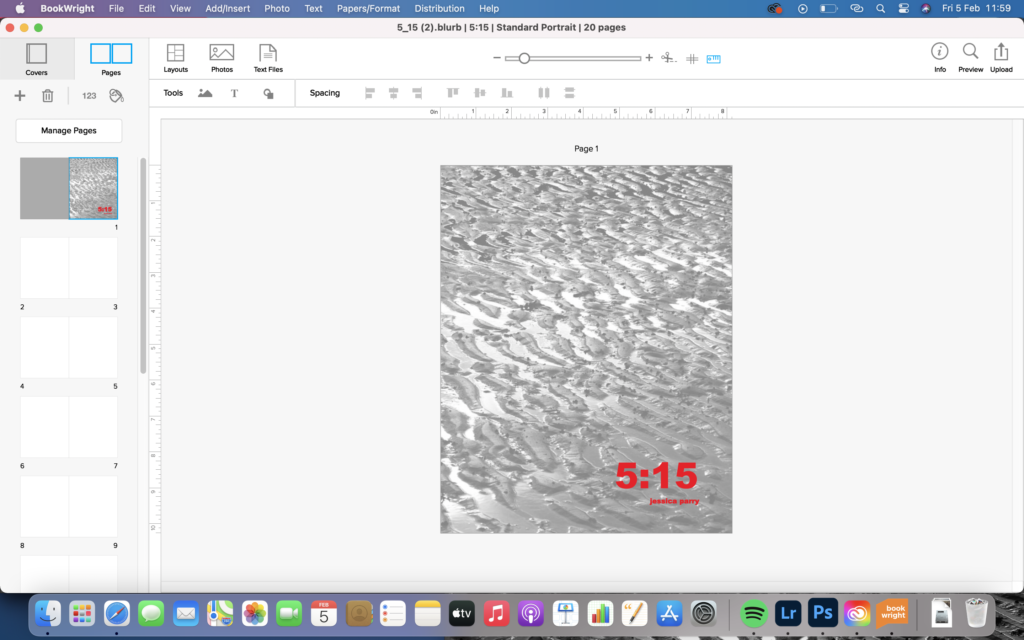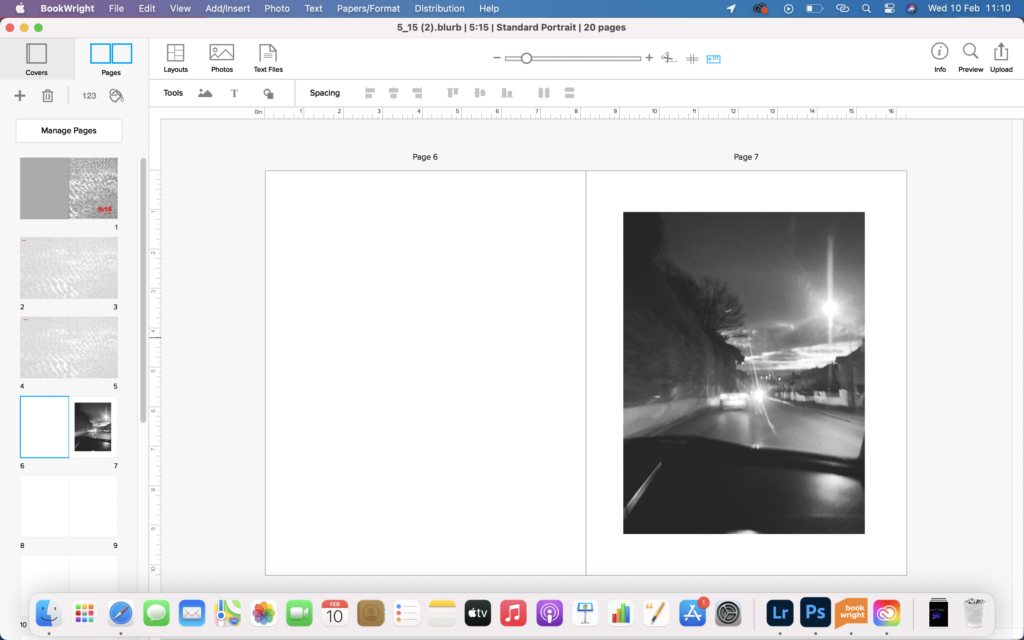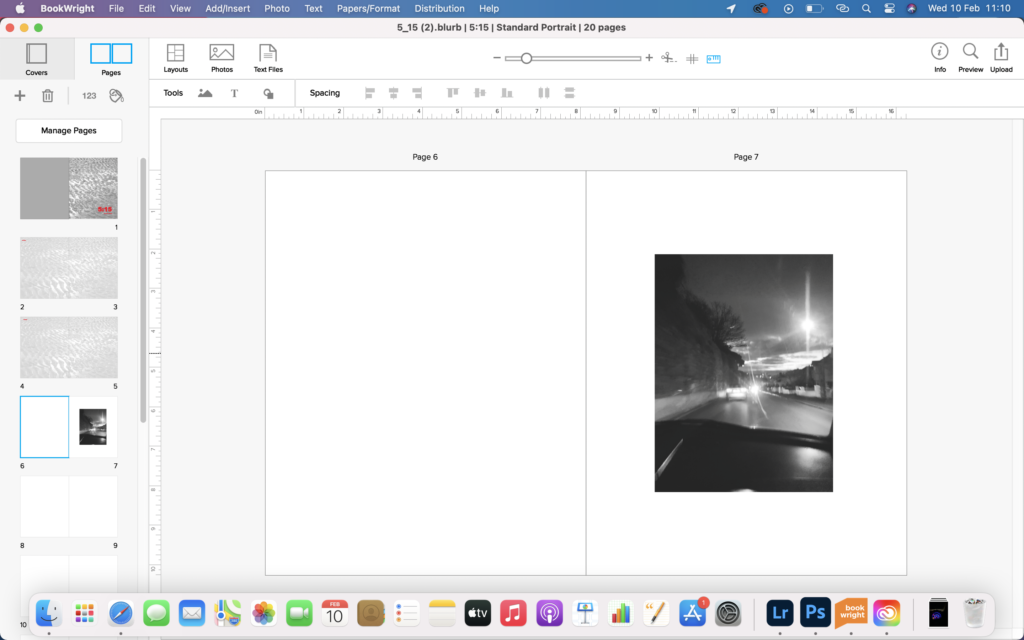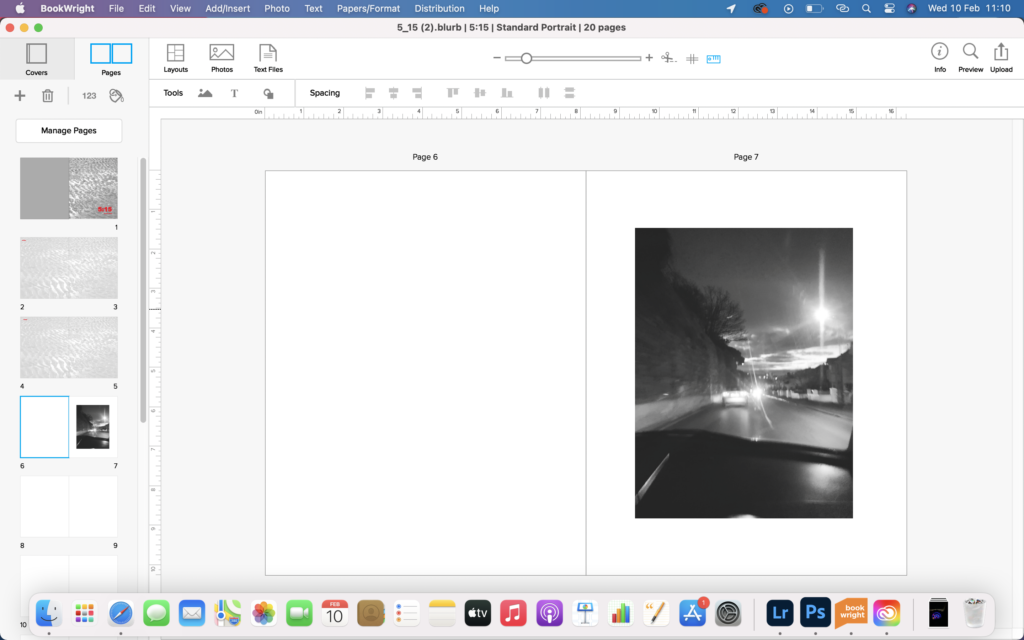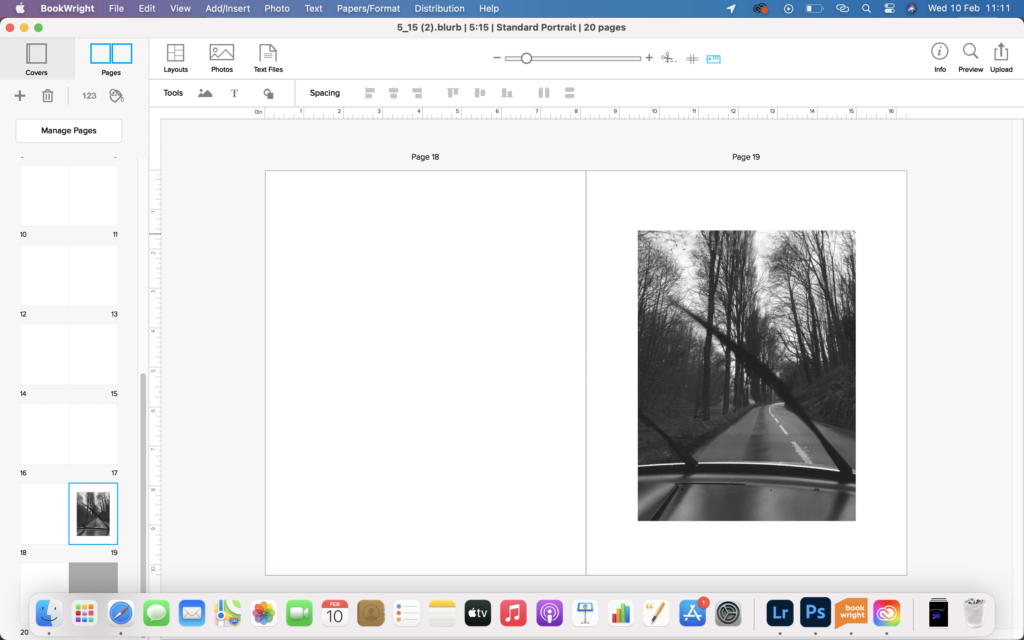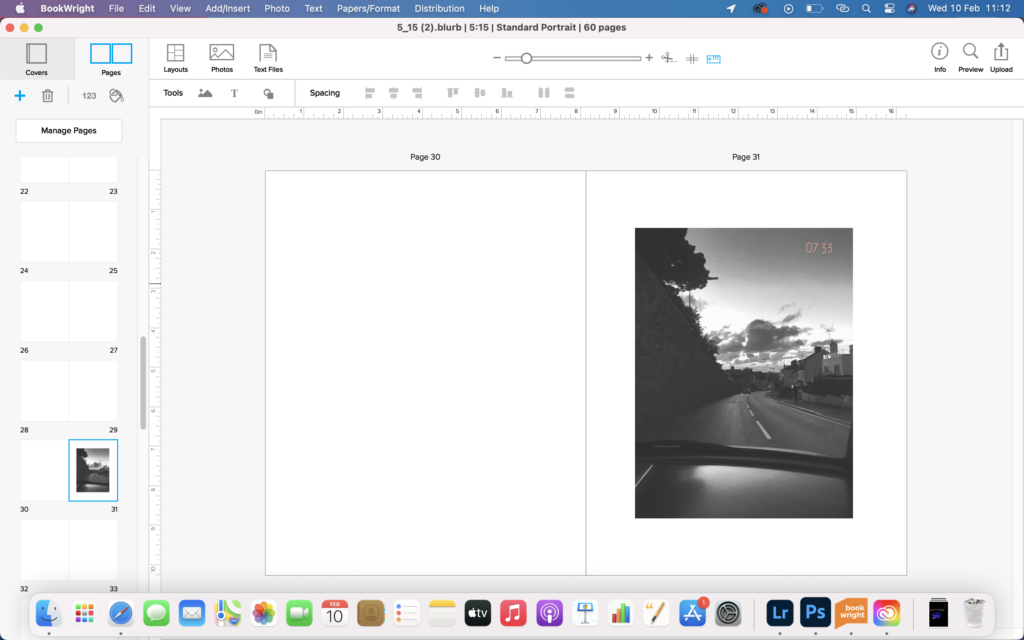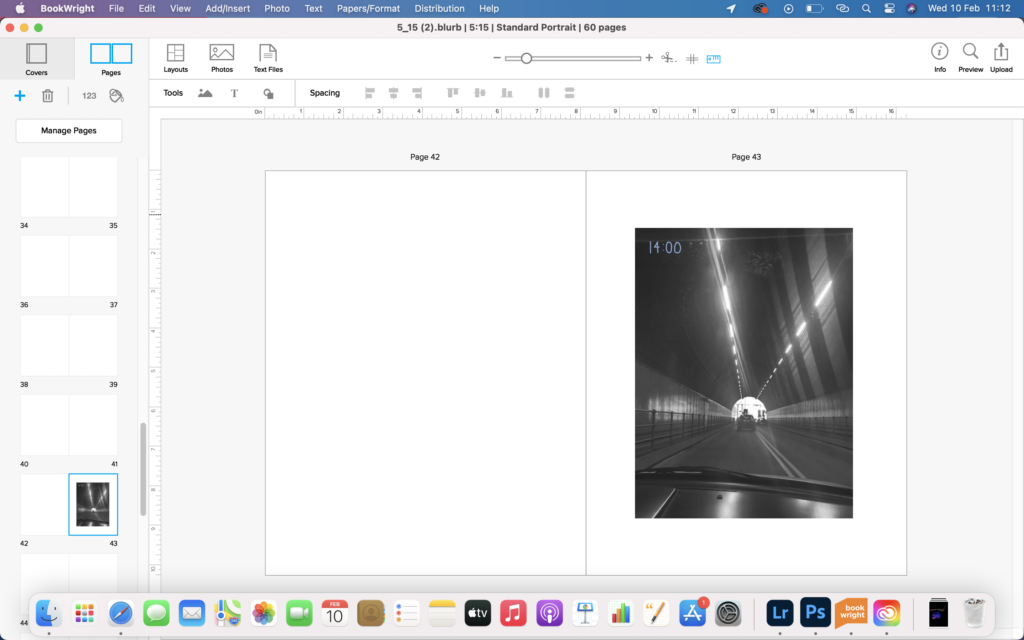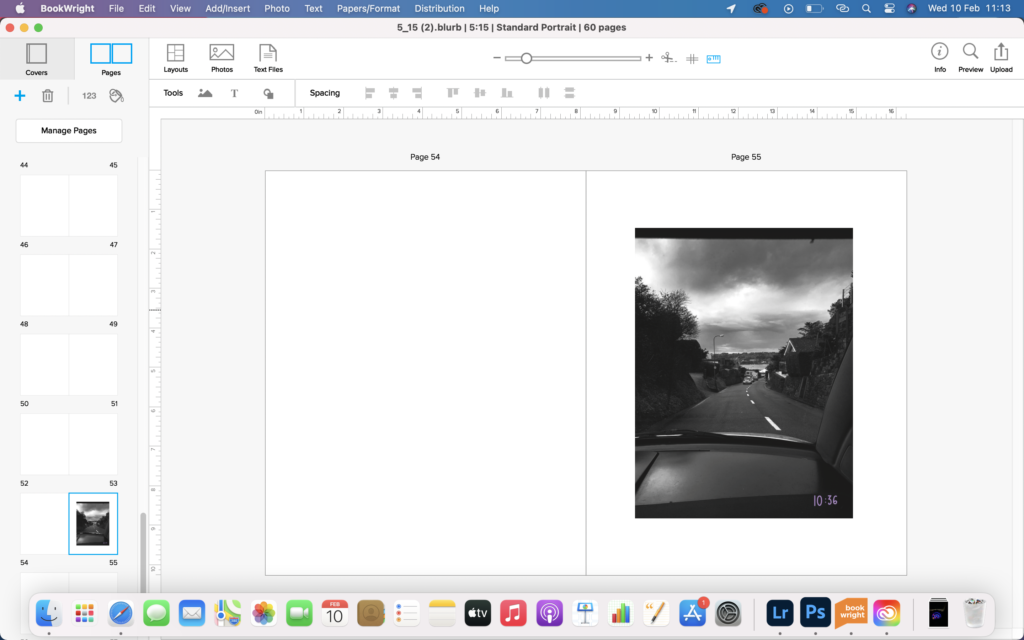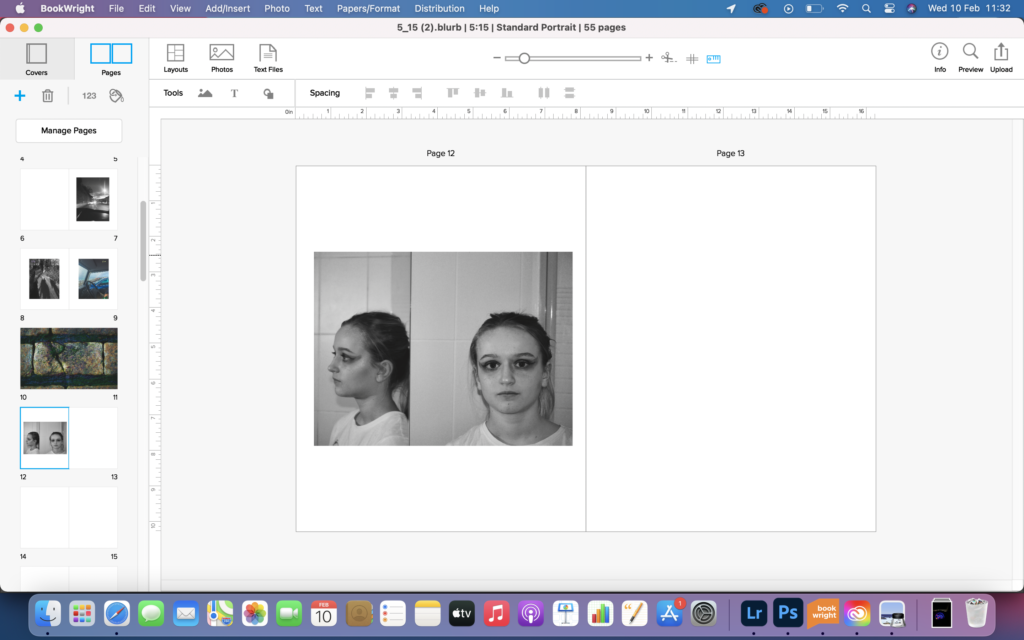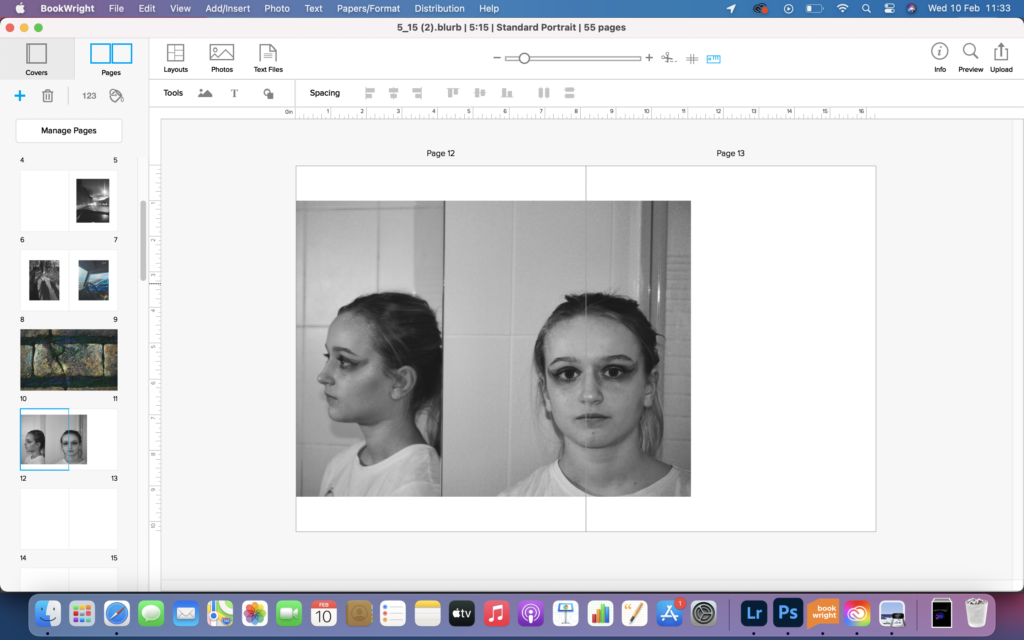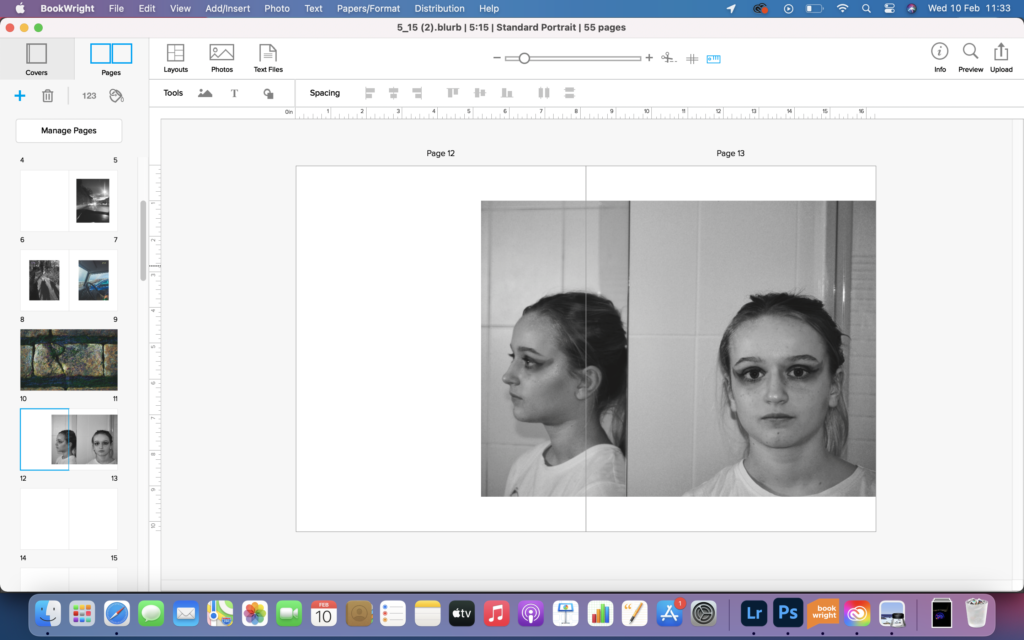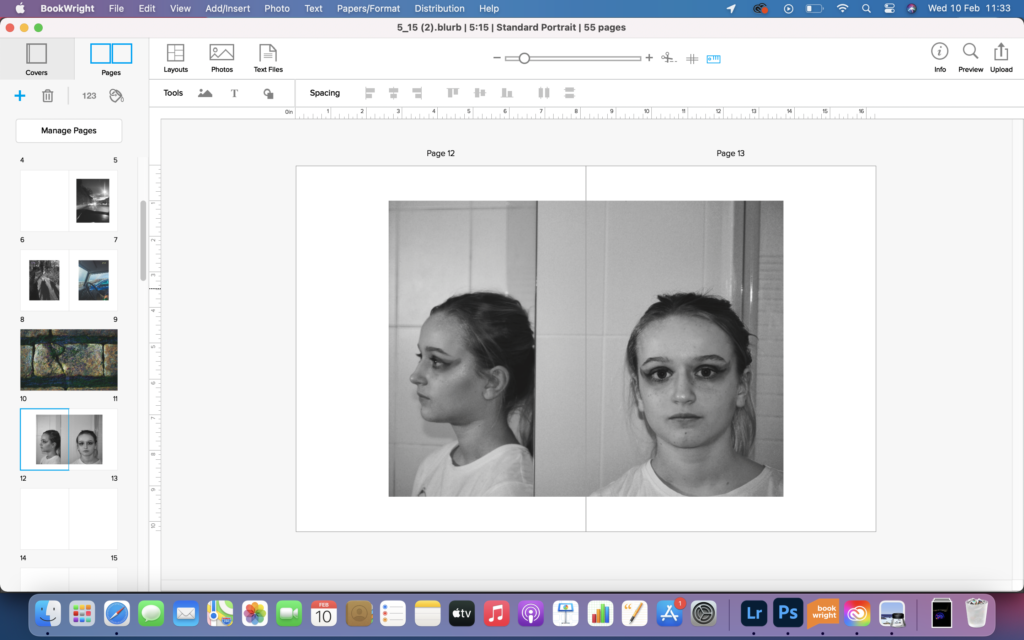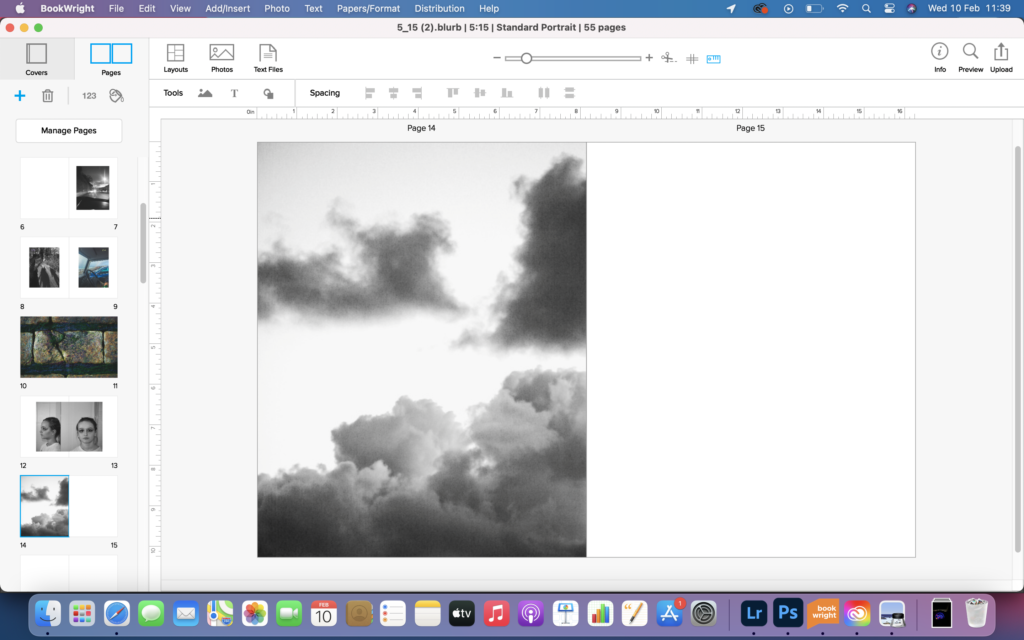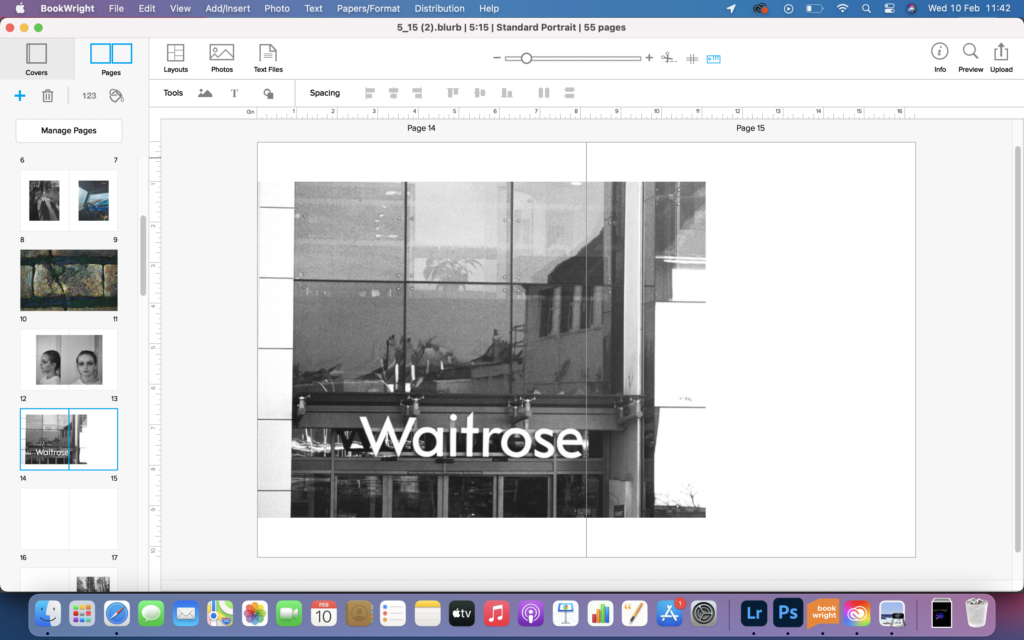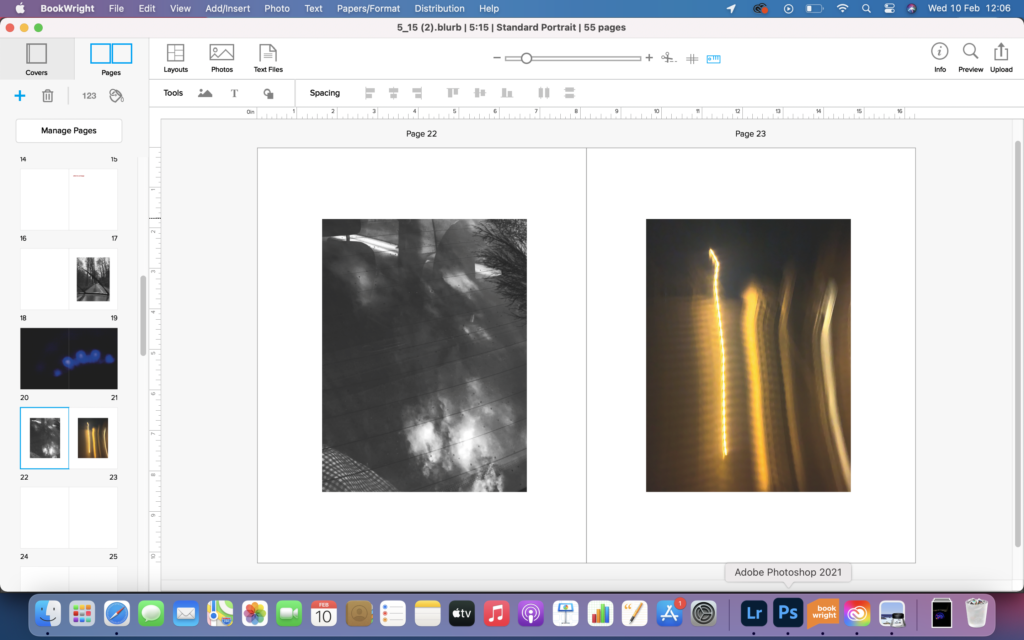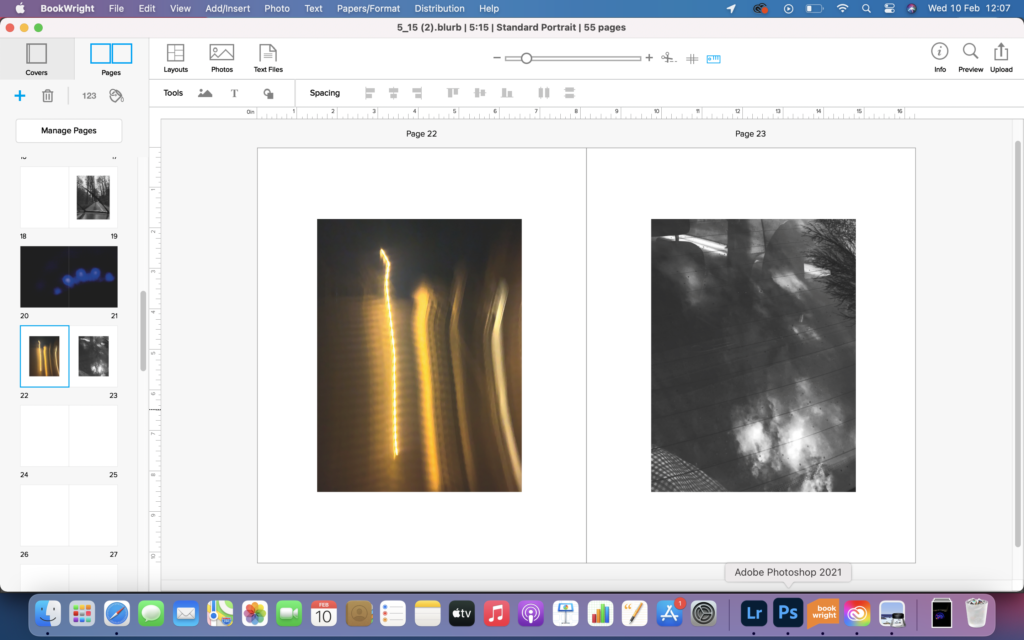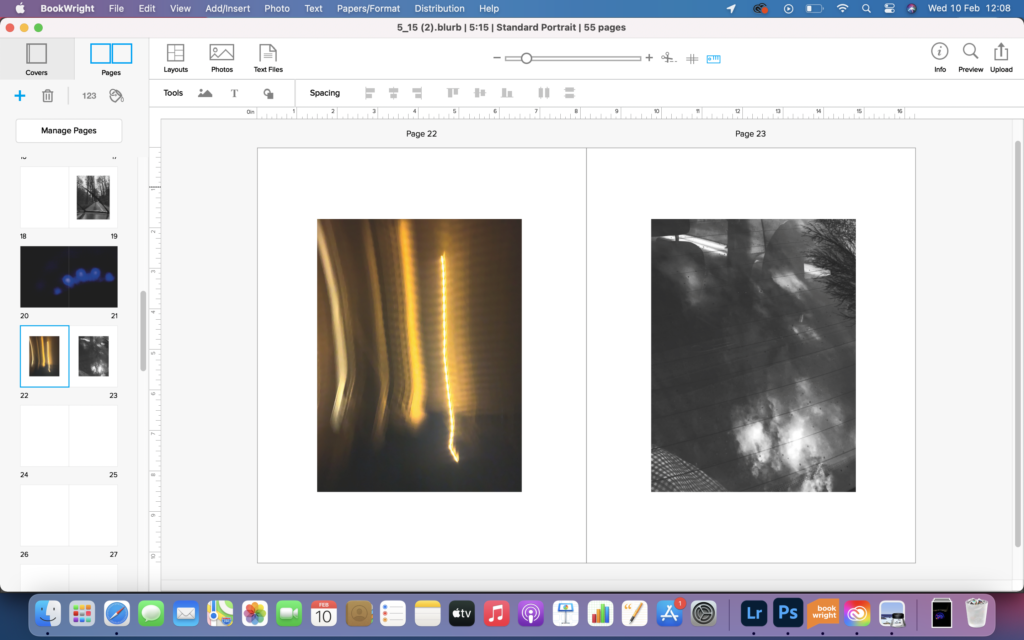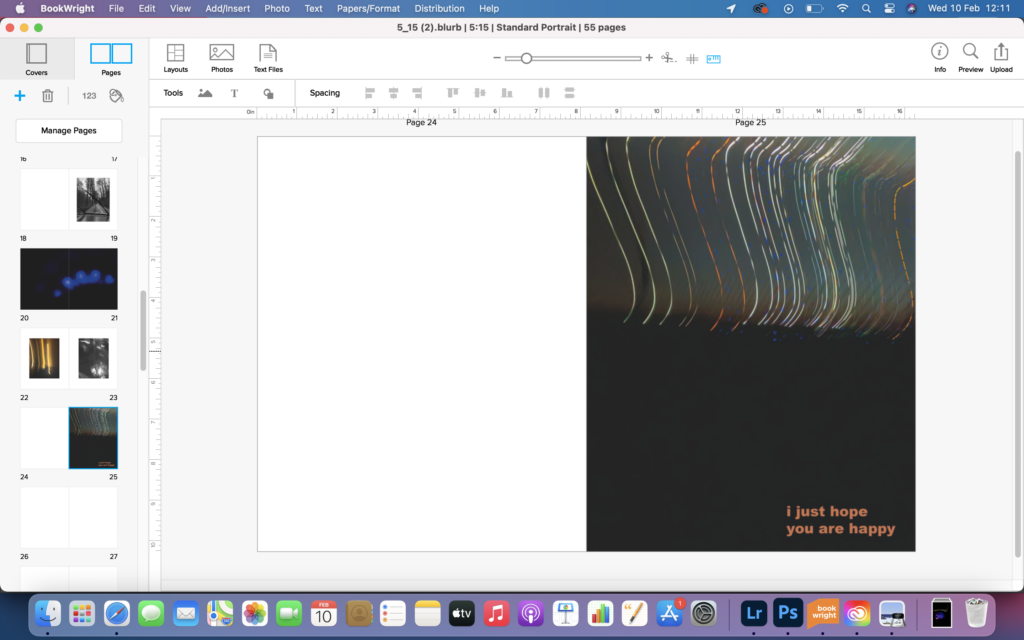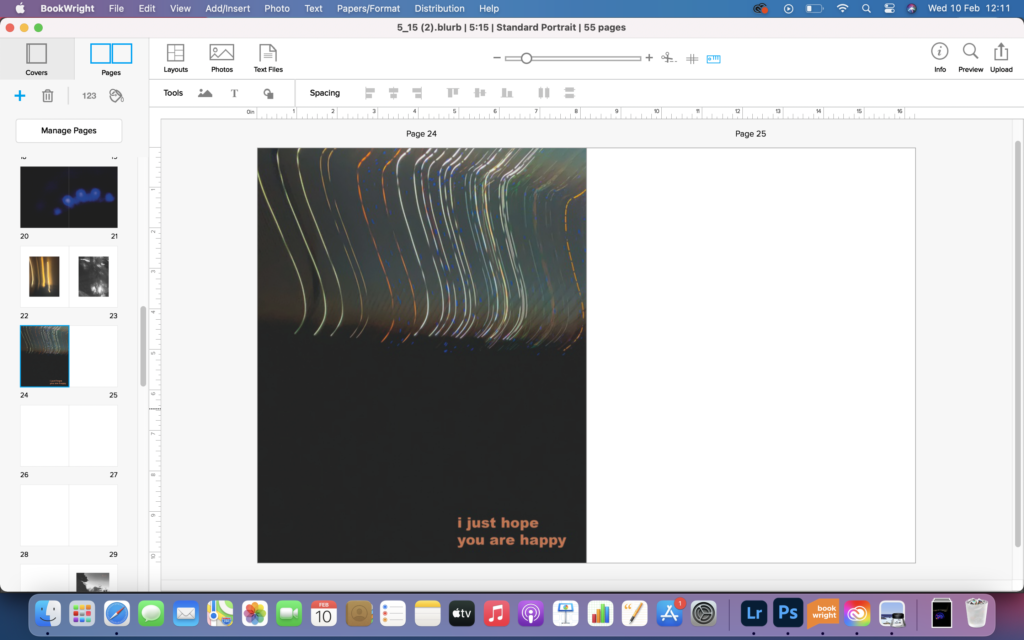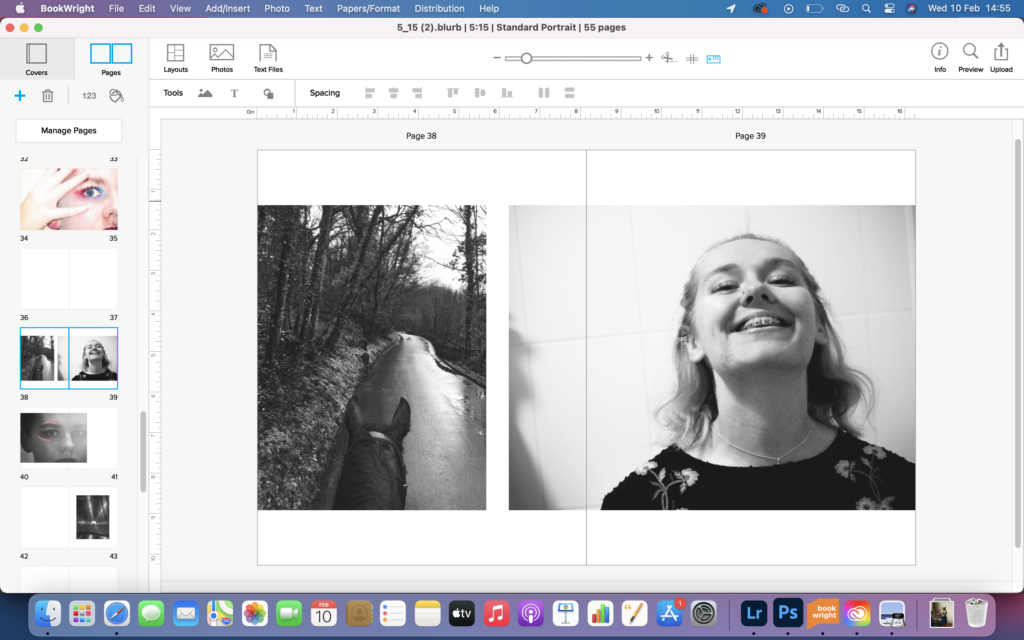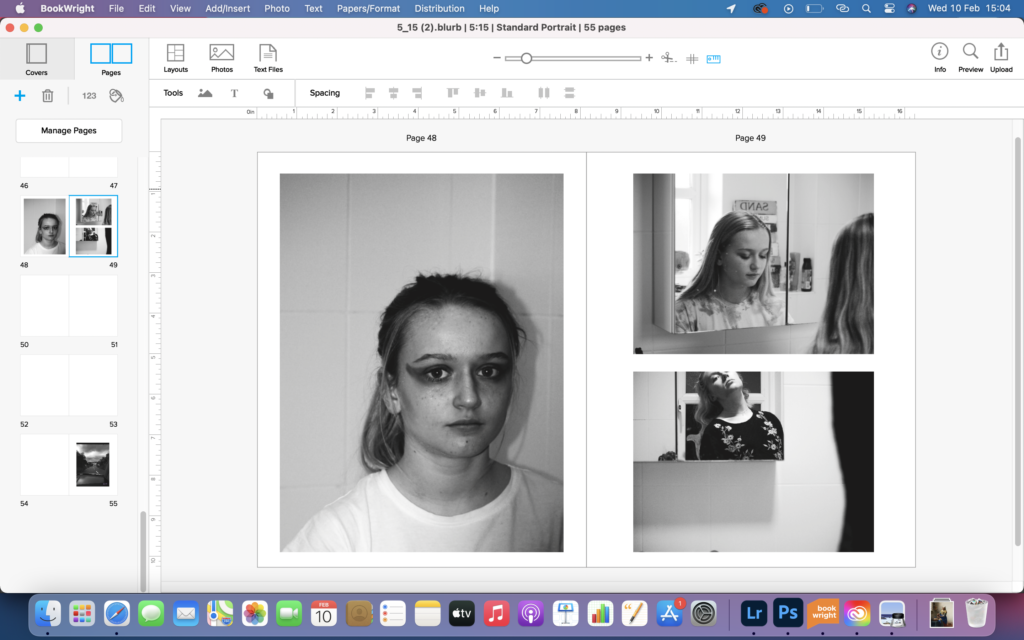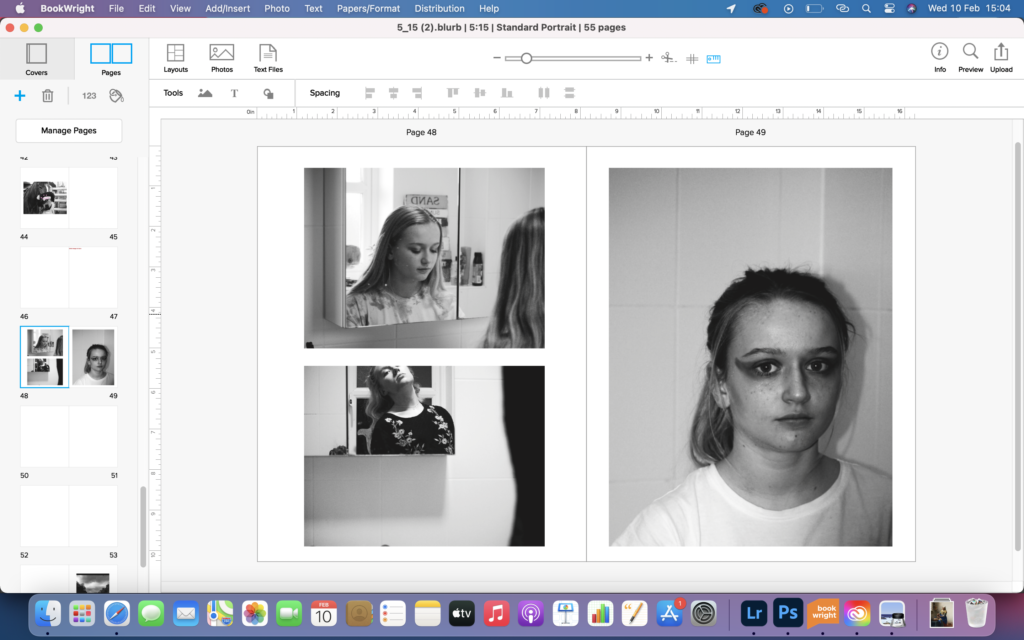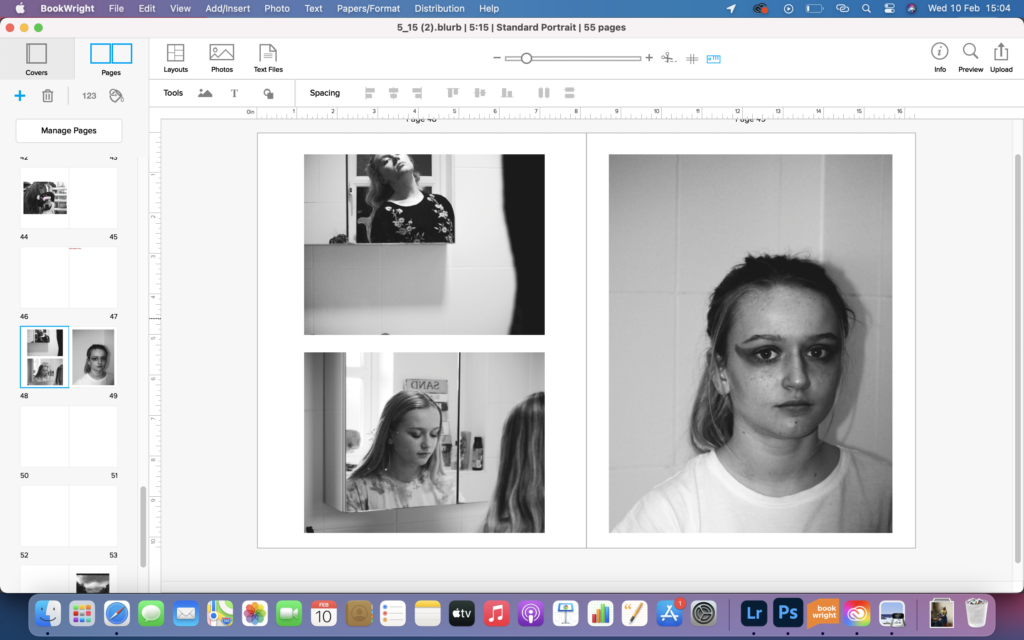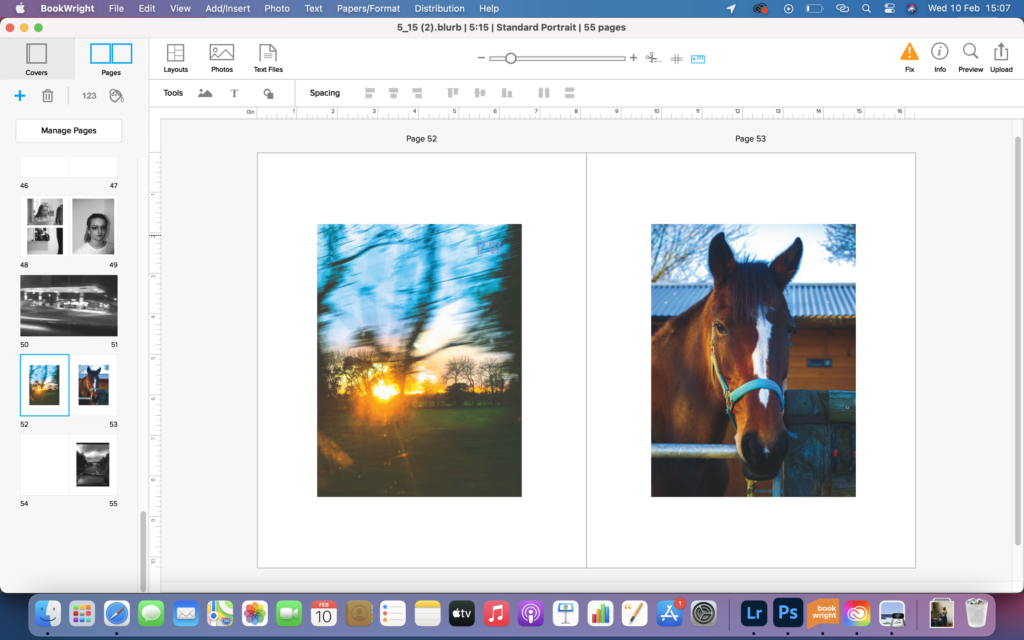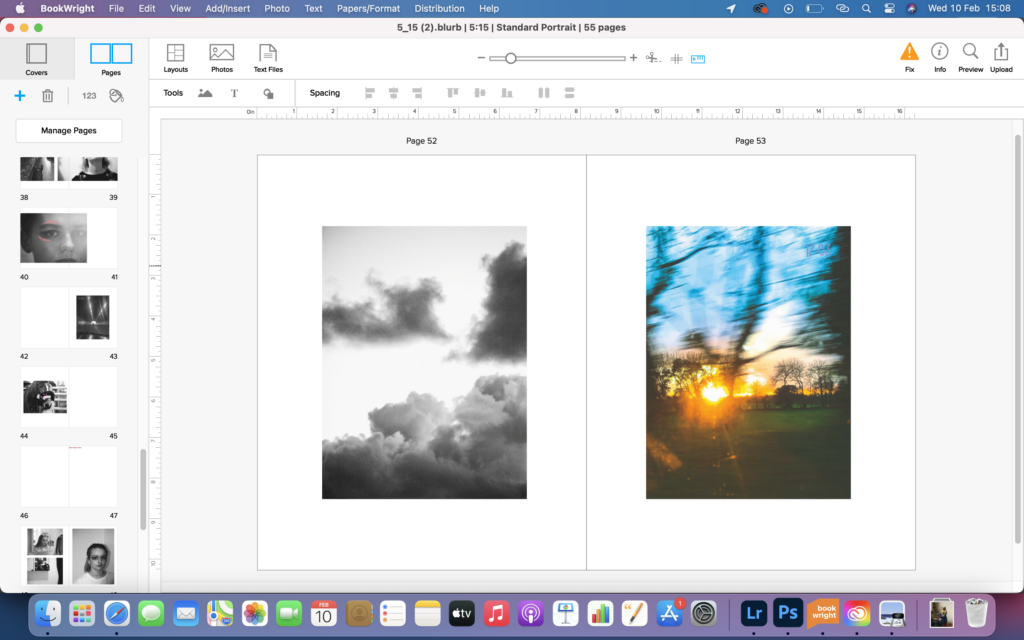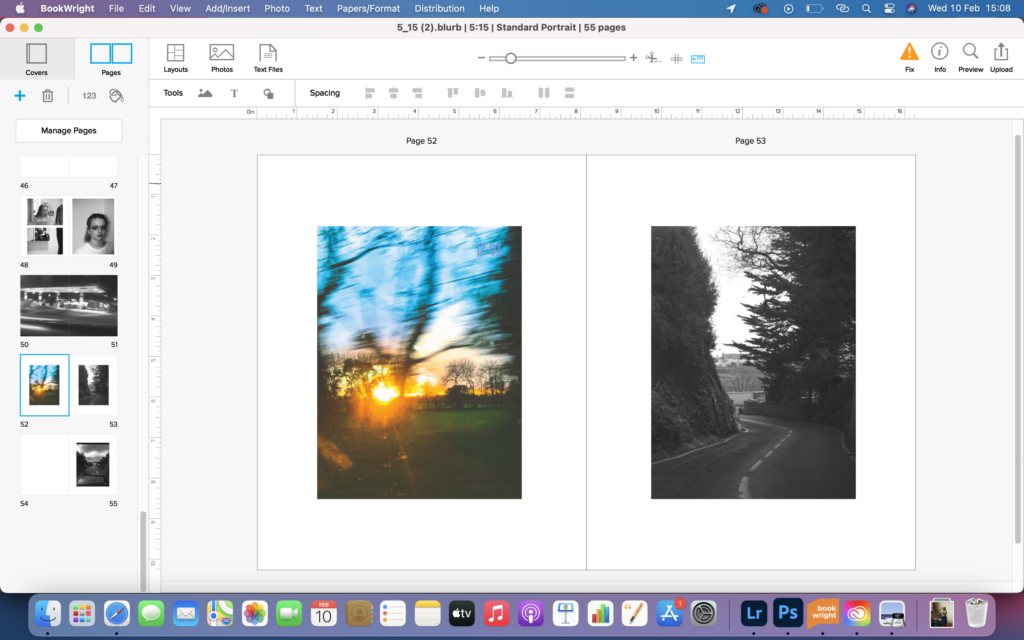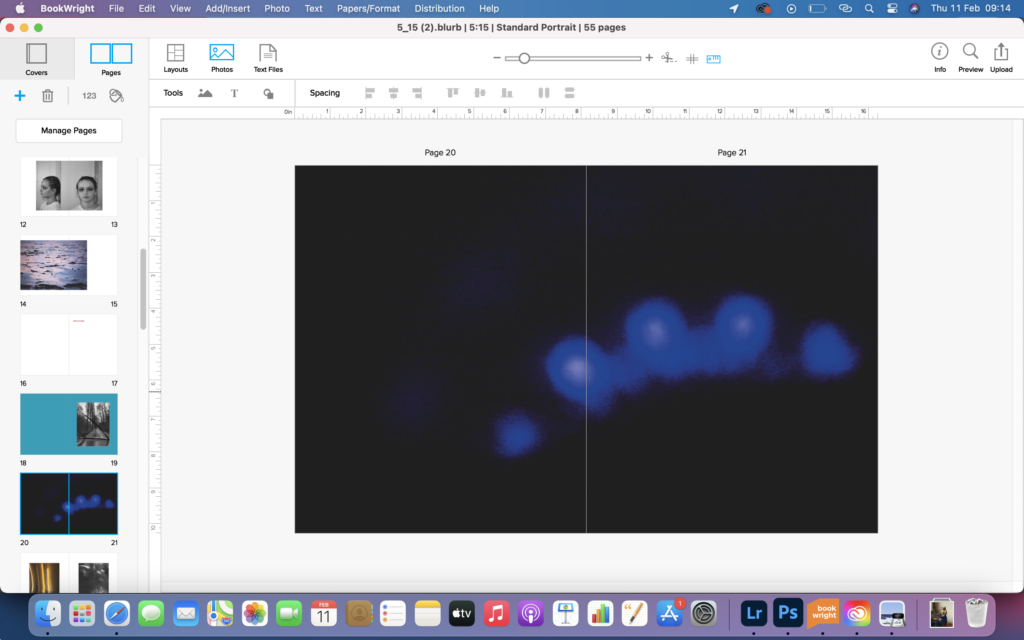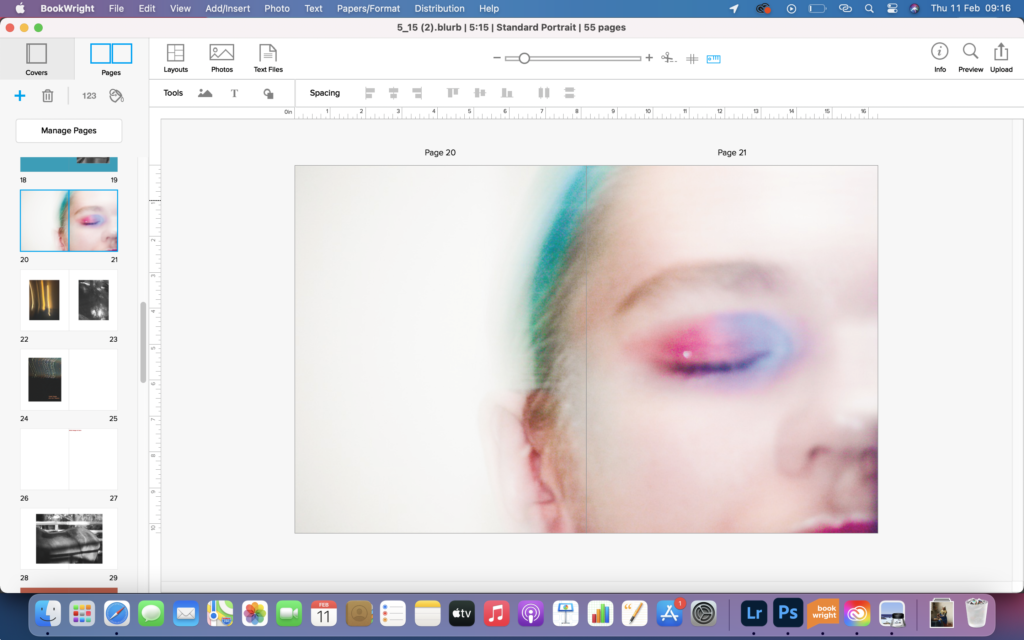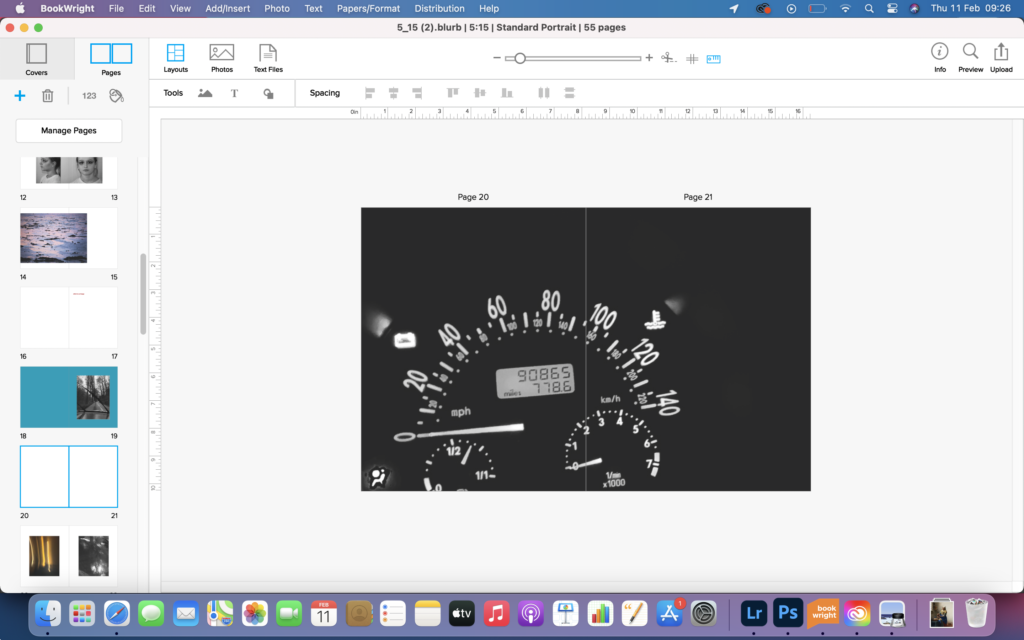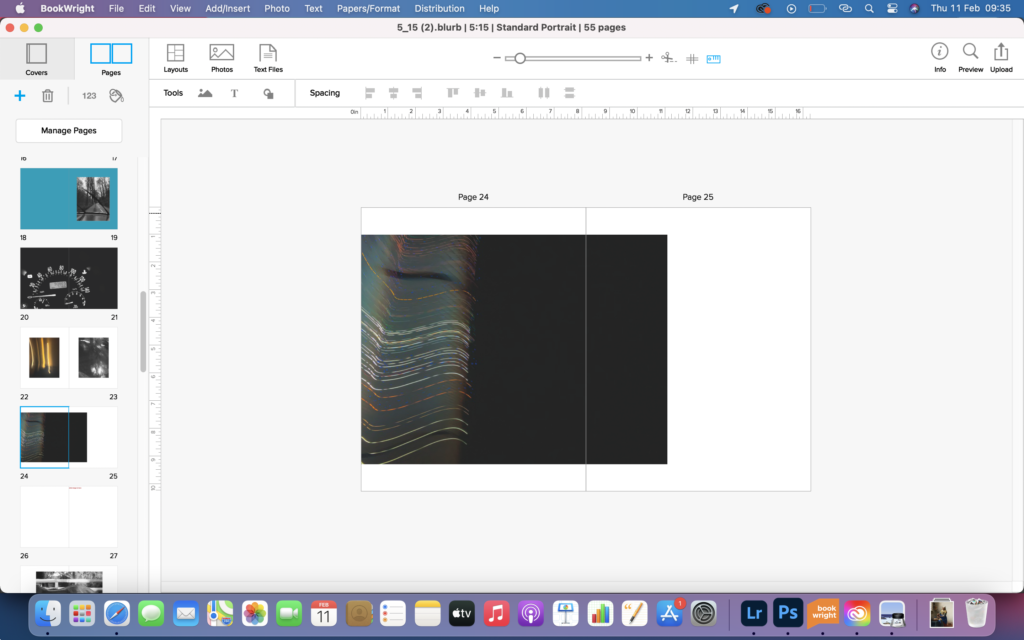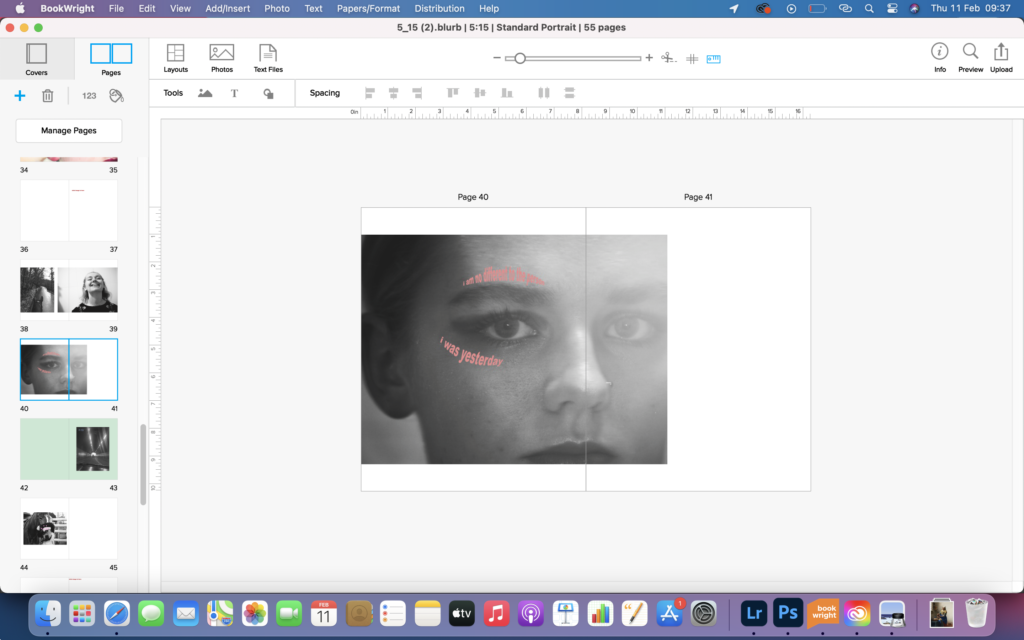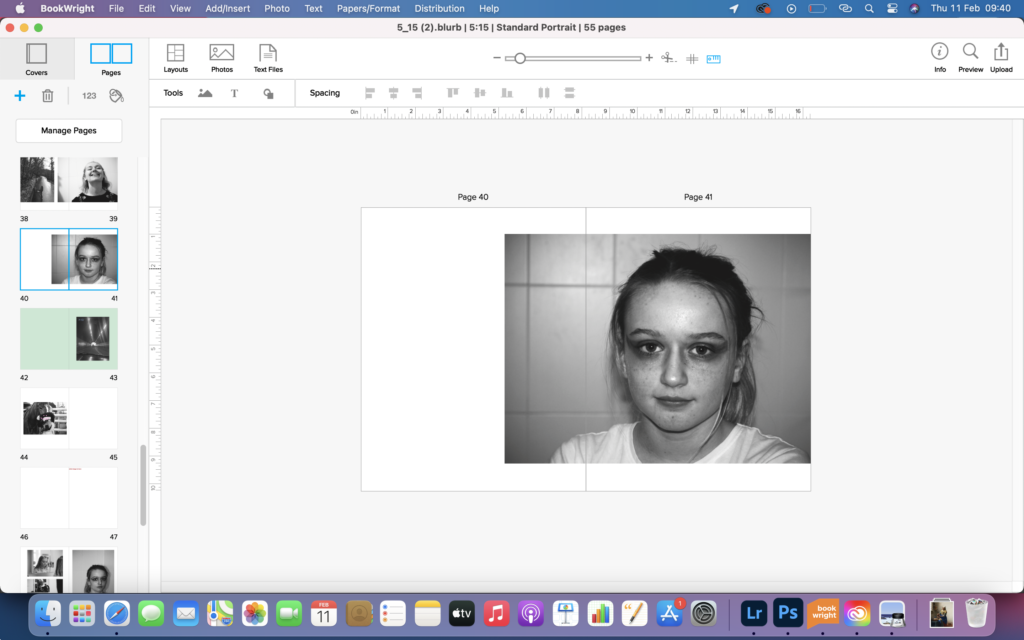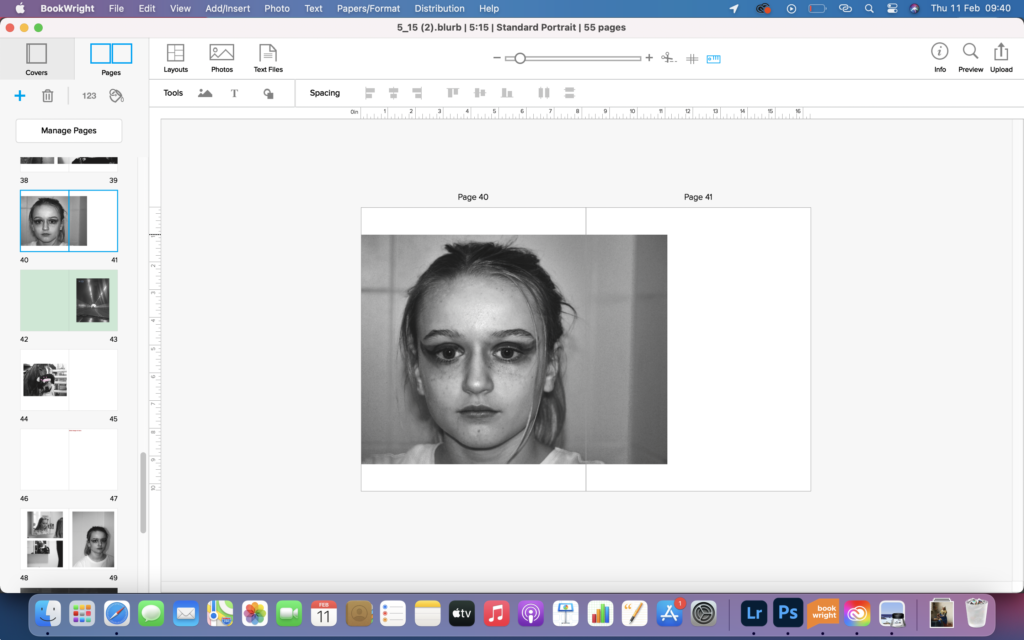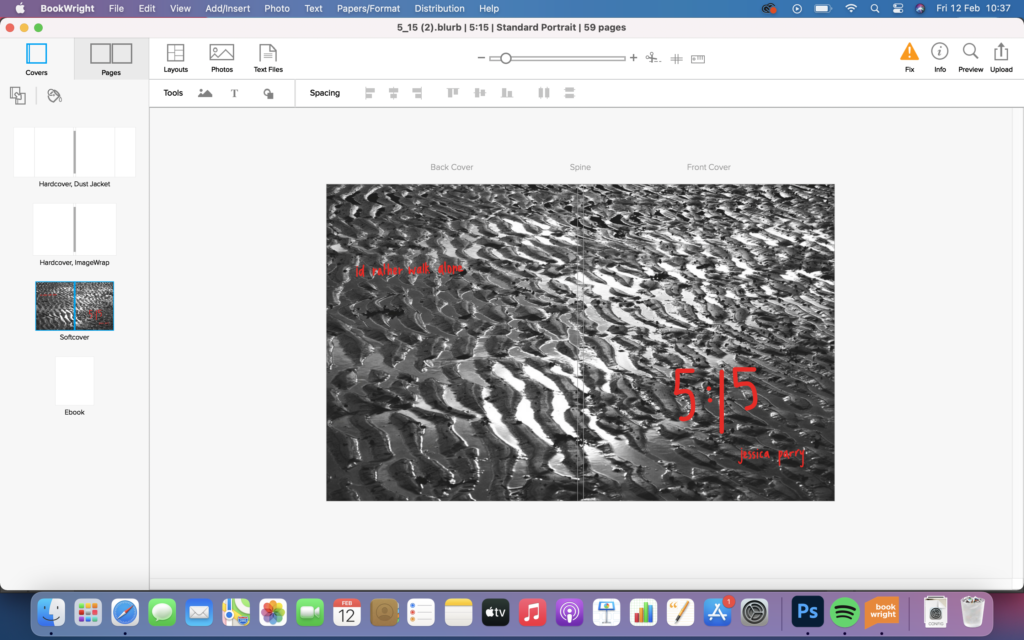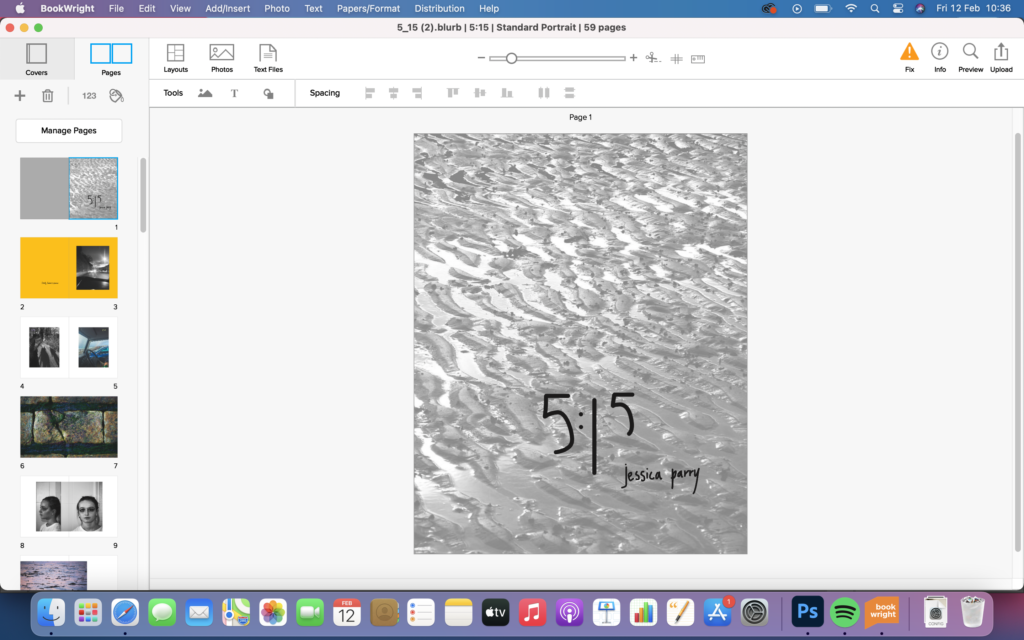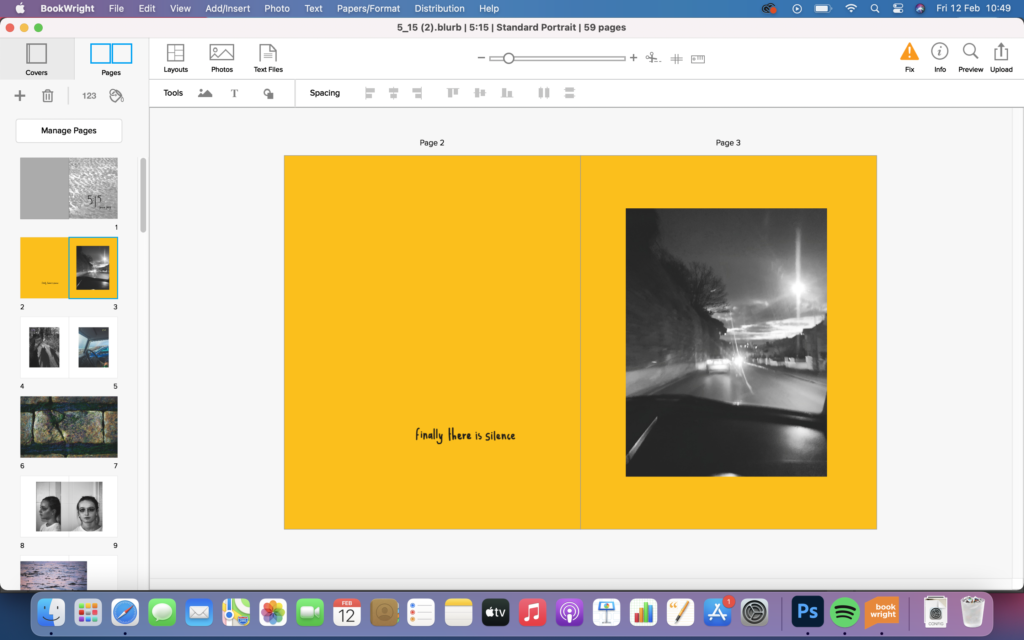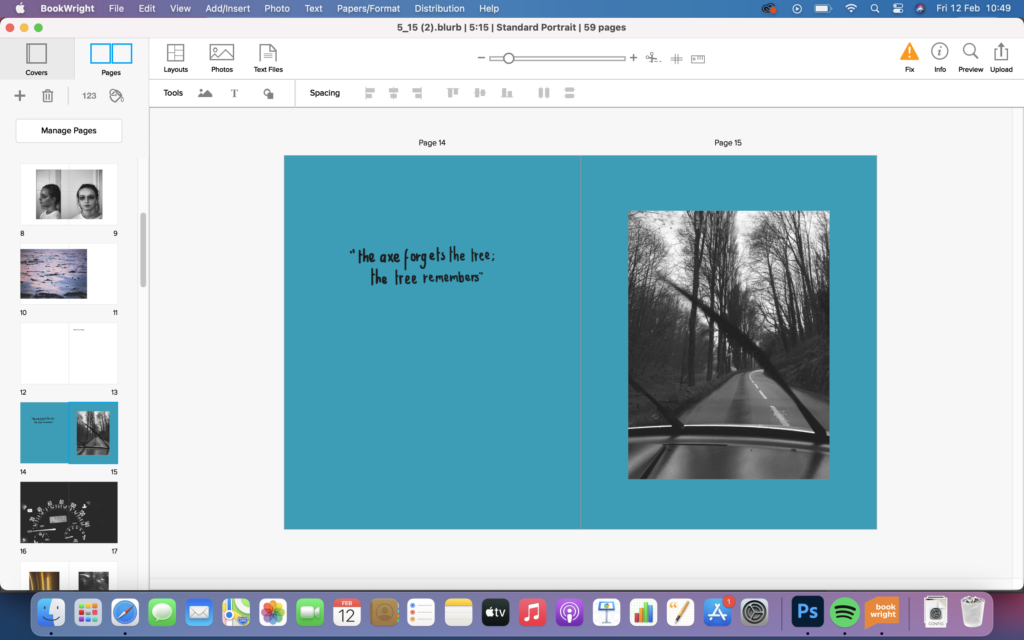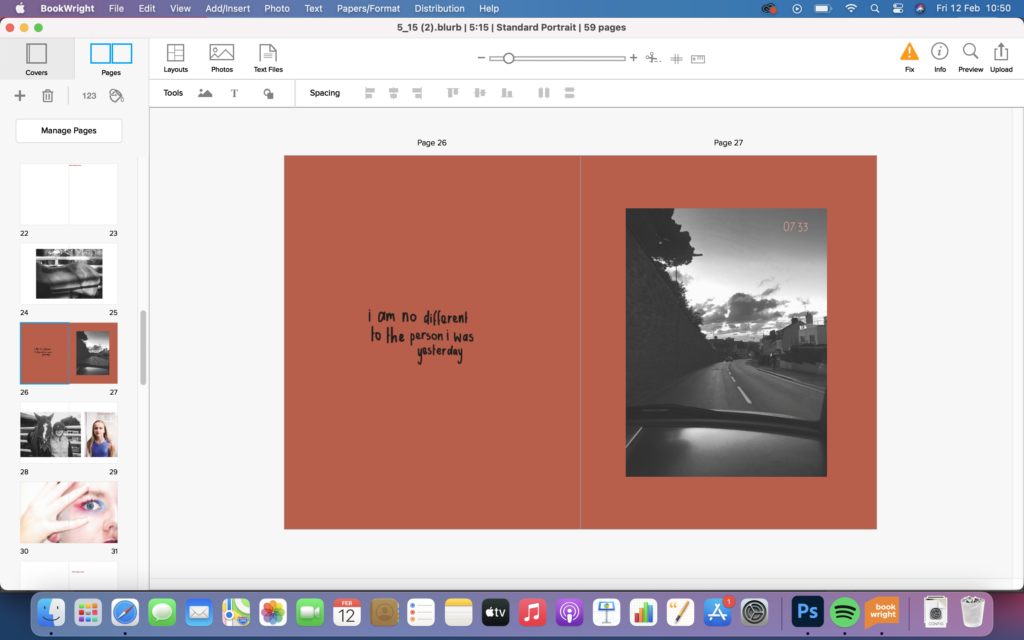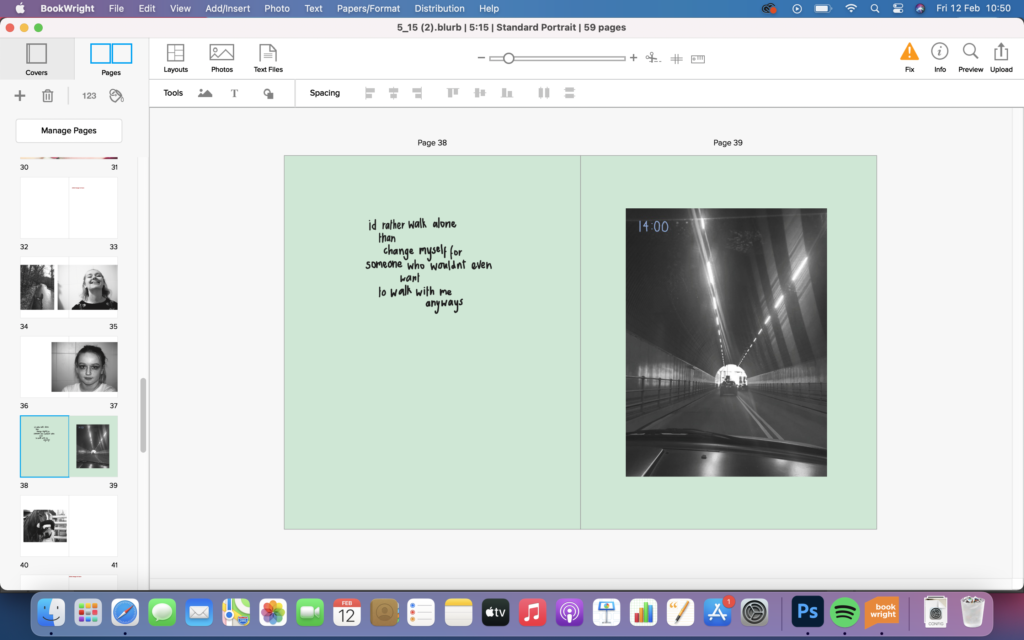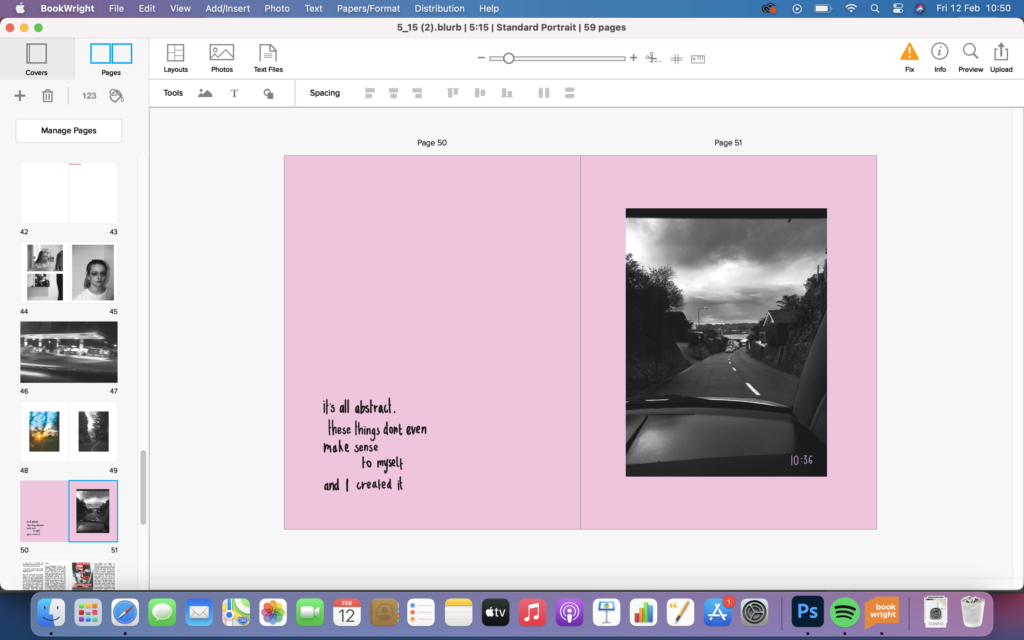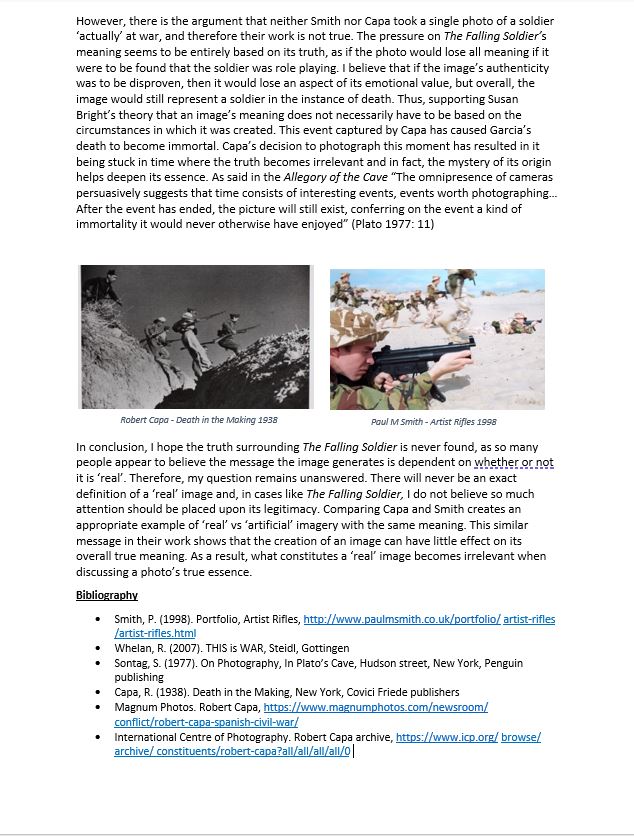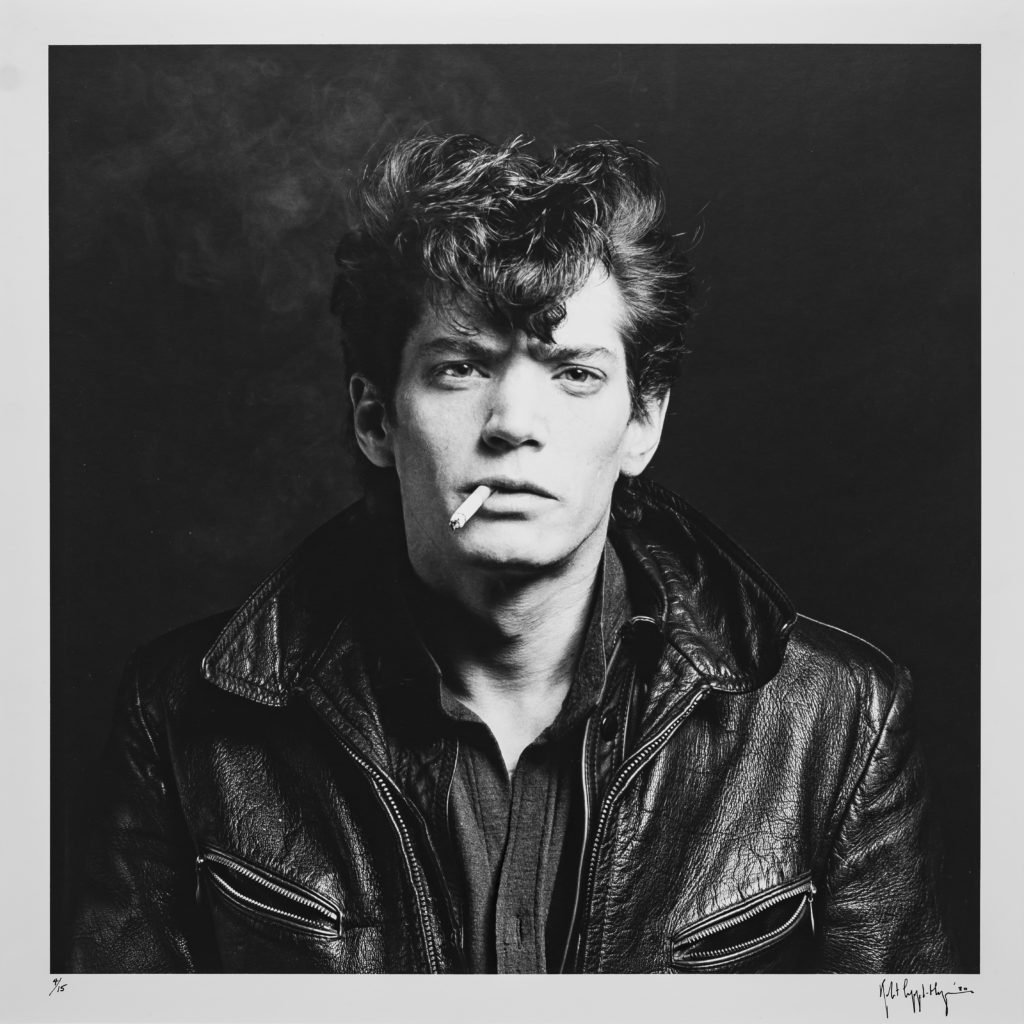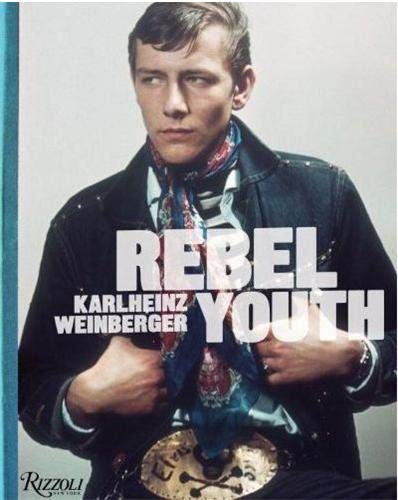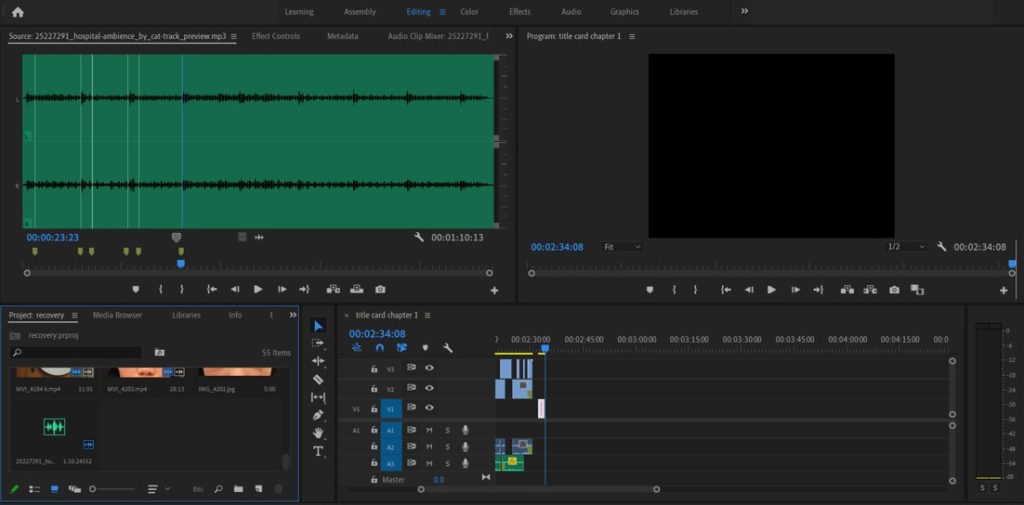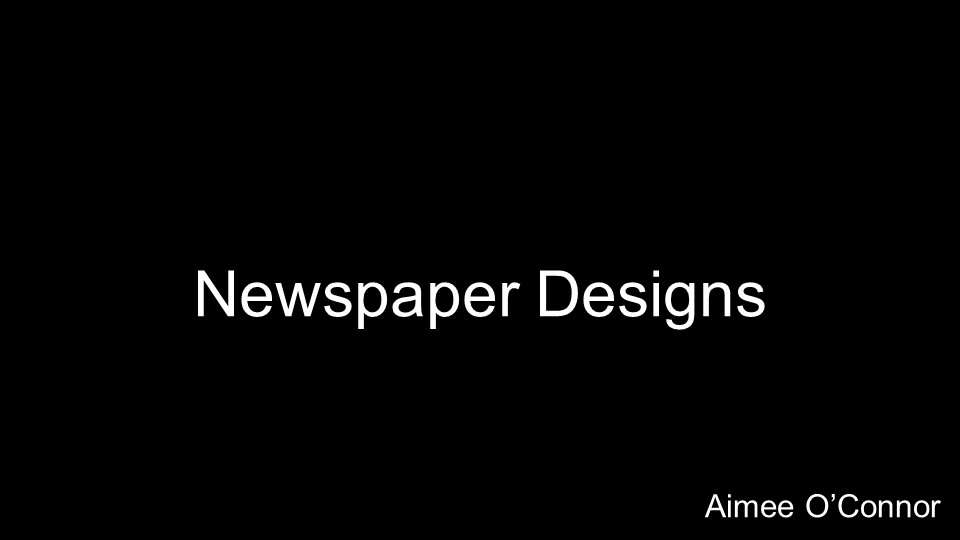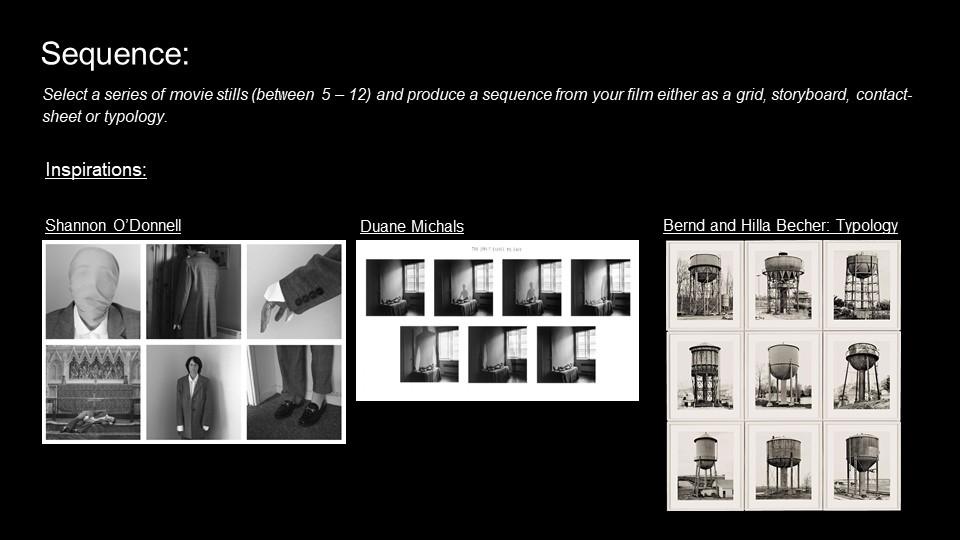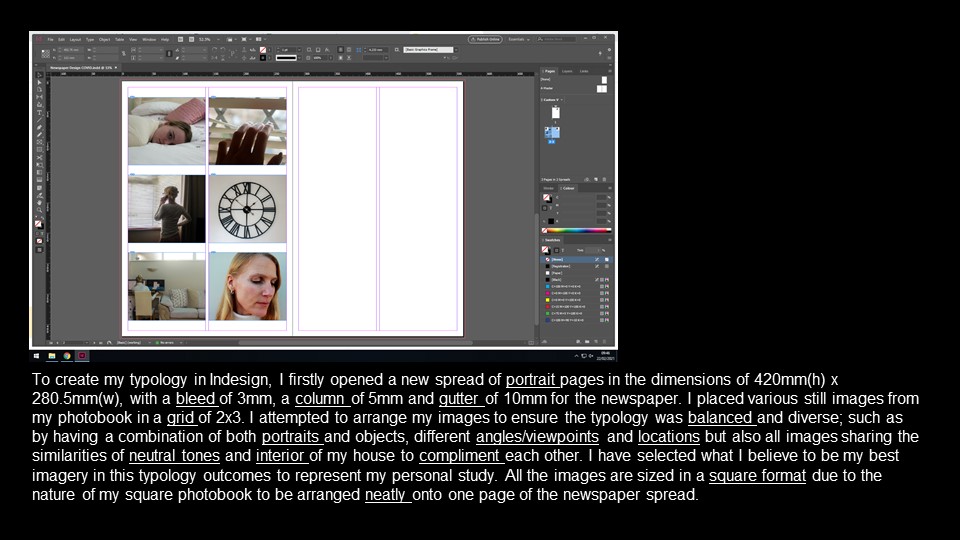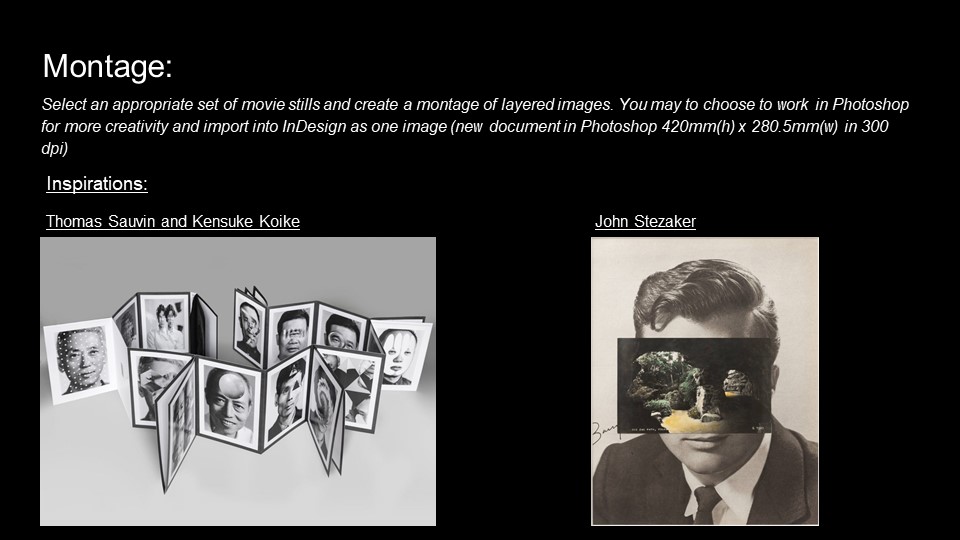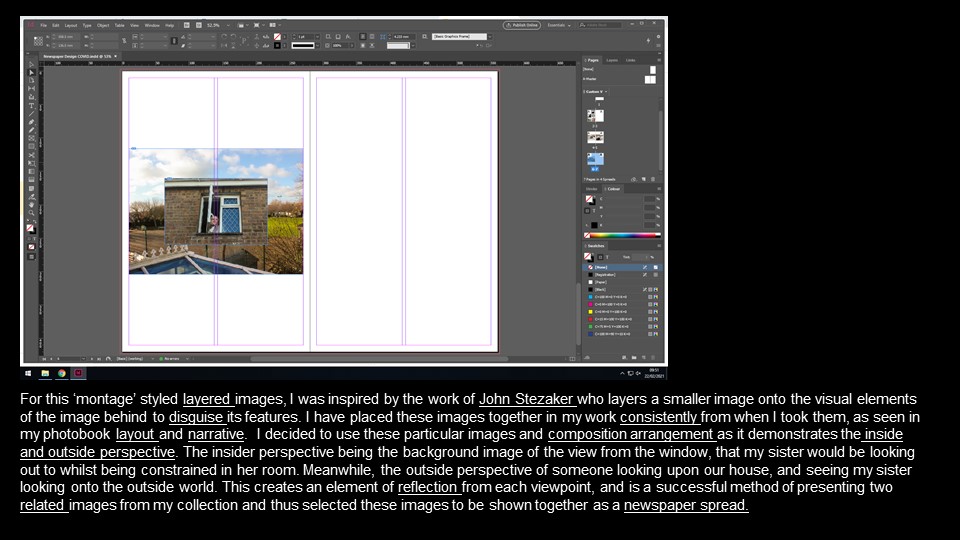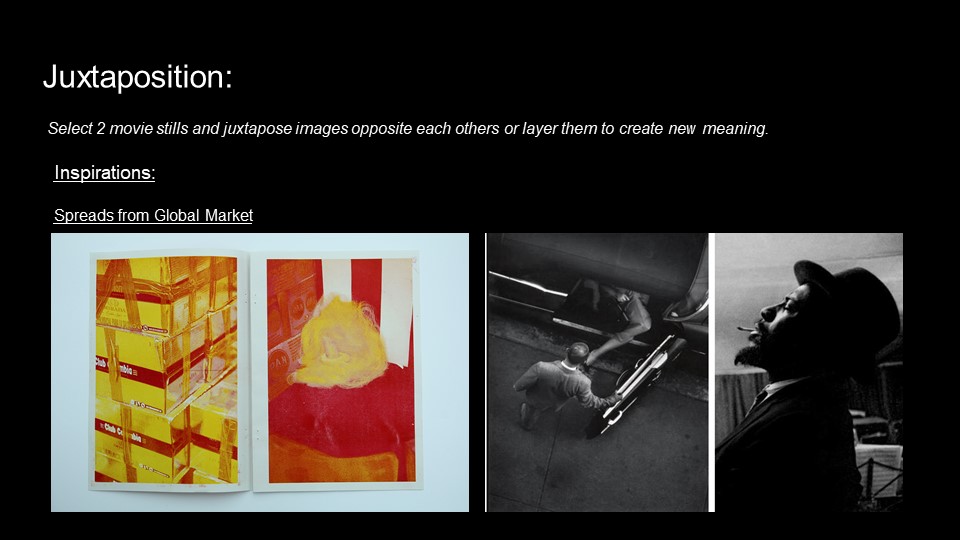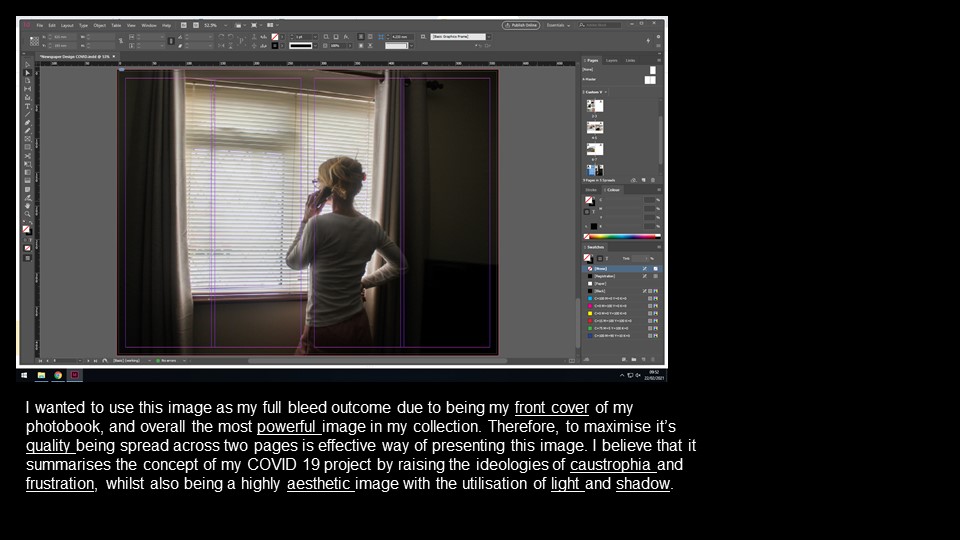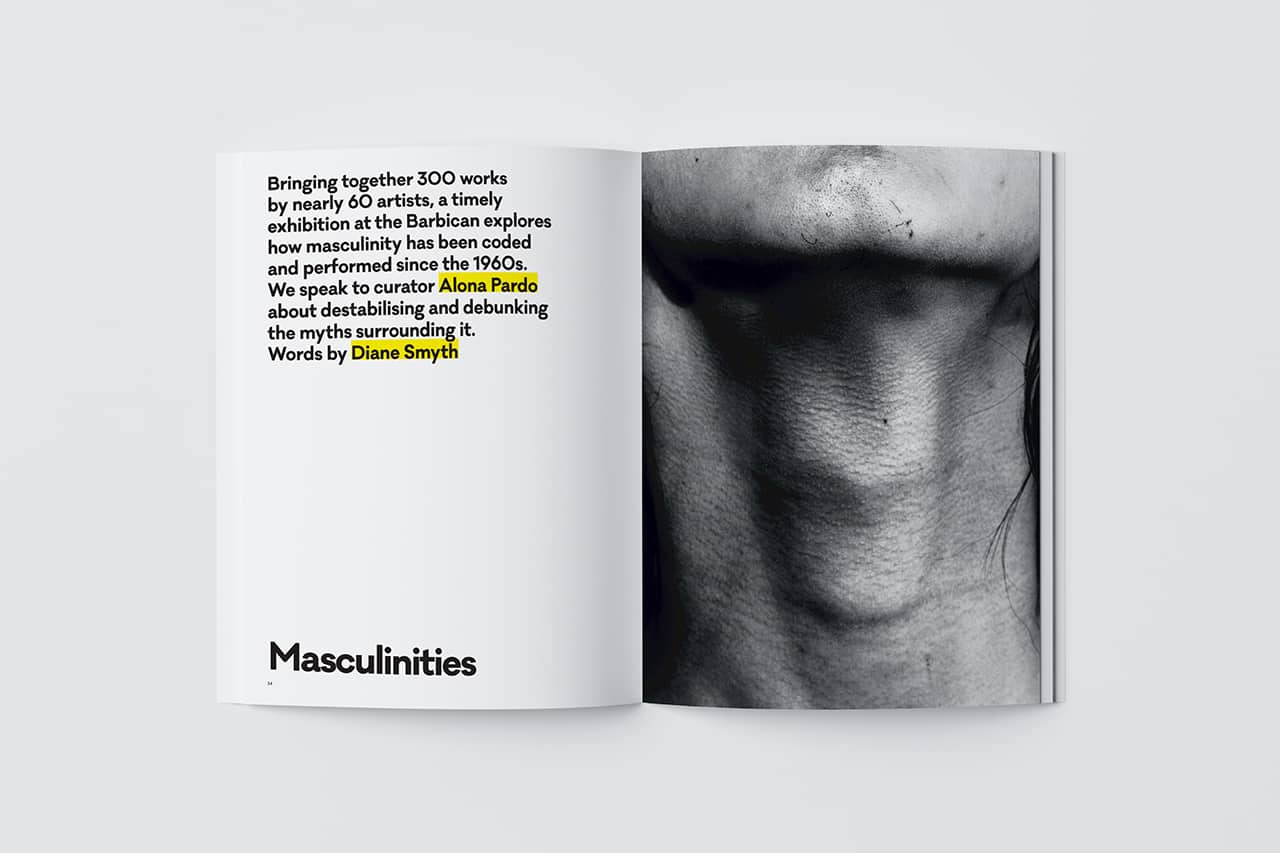How do Robert Mapplethorpe and Karlheinz Weinberger portray ‘Lad Culture’ through the medium of portraiture?
As Robert Mapplethorpe himself quoted; “I am obsessed with beauty. I want everything to be perfect, and of course it isn’t. And that’s a tough place to be because you’re never satisfied”. I share the same desire for perfection in my own appearance, both mentally and physically. This need for perfection comes as a sort of validation, a purpose in my eyes hence why in my personal investigation, my area of study will look at masculinity, what it means to be male, more specifically looking at how adolescence shapes us as men, conflicts men often face such as body dysmorphoria and a desire to fulfil a certain mould, a mould set by society to look and act a certain way, to be the breadwinner and the hero they dreamt of being as a child. The aim is to show that you should love yourself, even if your mind wants to rebel against that. To achieve this, I will be studying both the works of Robert Mapplethorpe and Karlheinz Weinberger as well as analysing their works on male photography and the male gaze, and how lad culture is ever present in their photography.
‘Lad culture’ according to Wikipedia is a “British and Irish subculture initially associated with the Britpop movement. Arising in the early 1990s, the image of the “lad”—or “new lad”—was that of a generally middle class figure espousing attitudes typically attributed to the working classes”. This is a commonly captured stereotype, often linked with aggressive, confident and competitive behaviour, typical of alpha males and even male animals in the wild, with common themes such as excessive alcohol and drug use as well as settings often being set in pubs and club scenes globally, where party life brings out such characteristics in men.
Much of this was captured in the 60s, 70s and 80s and no doubt would’ve strongly influenced both Mapplethorpe’s and Weinberger’s photographic work. Beginning in the mid-1980s, a secret underground culture was formed by a revolutionary group of self-proclaimed “queers” who were less concerned about mainstream acceptance of their sexuality and more geared toward creating unconventional spaces where they could be themselves. Places where, essentially, someone could be gay without liking stereotypical “gay things.” in the 1970s AIDS broke out which is a disease of the immune system, caused by the virus HIV, leading to death from infections that the body is no longer able to resist. The disease had a devastating effect on the gay community in the 1980’s and many of Mapplethorpe’s friends and acquaintances were victims of the disease. Mapplethorpe died from an AIDS-related illness in 1989.
ROBERT MAPLETHORPE
Robert Michael Mapplethorpe was an American photographer who was most famously known for his work with black and white photographs. His photographs featured a large array of subjects, including celebrity portraits, male and female nudes, self-portraits, and still-life images. Additionally, Mapplethorpe as mentioned was queer, hence this was a common theme in his work as many of his models either recreated or were homosexual themselves. These photos were often aimed to capture ‘lad culture’ through the style and behaviour of men as well as the male gaze. Essentially, the male gaze is the act of depicting women and the world from a masculine, heterosexual perspective that presents and represents women as sexual objects for the pleasure of the heterosexual male viewer.
In Mapplethorpe’s work, one of his major exhibitions named ‘The Perfect Medium’ which was featured at the Art Gallery of New South Wales in 27 Oct 2017 – 18 Feb 2018, showcased a broad selection of his work, from portraits of his contemporaries to self-portraits, floral still lifes and erotic imagery. Mapplethorpe heavily explored ways identity could be captured and expressed by the camera with a certain style of black and white still portraits, almost always taken in a black or white studio and set up with the models or himself creating or imitating poses in front of the camera. Often, his traditional style of portraiture had a clear subject, and this was often the male physique as he tried highlighting both the beauty and form of the ideal male physique (virtruvian physique as mentioned in this blog post). He often captured the brutish, male image, highlighting different appearances that so-called alphas could have, however these characteristics were usually the muscular, confident ‘lad’ stereotype so to speak. Through his self-portraits, he strategically crafted a public image for himself. He often took photos of himself as well as the models that fit the roles of alpha males, and by using the styles as mentioned above, he often challenged gender stereotypes and lad culture, which is a similar theme to my personal study.
The photo above is a studio portrait of Derrick Cross in 1983, a model Mapplethorpe photographed numerous times and included in a couple of his works. This is one of many photographs in which Mapplethorpe focuses on a part of the body. The surrealist artist Man Ray had taken similar photographs of a torso, but had given greater emphasis to the face-like appearance of the body with nipples as eyes and navel as mouth. Mapplethorpe’s photograph is much more a study of muscular form and male beauty and aesthetic. With the draped fabric around his waist, similarities can also be drawn with classical sculpture. The photo was produced on gelatin silver print that gives it the clear, silver and black tones. Additionally, the photo has high contrast as a result of the models’ skin tone when compared to the very pale grey background, which emphasises the significant muscularity of the model. Furthermore, the composition is close up, with the model comprising most of the photograph, in particular his well developed mid-section/torso which evidently, Mapplethorpe is trying to emphasise and highlight the beauty of, especially considering the model has posed similar to Greek statues. Robert himself also photographed many Greek statues and compared them to the male physique, potentially taking inspiration from the philosopher Plato’s study on aesthetics who is considered by many to be “the most important philosopher who ever lived”. He is known as the father of idealism in philosophy and his new (at the time) ideas were elitist, with the philosopher king the ideal ruler. Essentially, the very phrase “Plato’s aesthetics” refers to an anachronism, given that this area of philosophy only came to be identified in the last few centuries, however even those who think of aesthetics more broadly find something exploratory in Plato’s treatments of art and beauty. He might be best described as “seeking to discover the vocabulary and issues of aesthetics”. For this reason Plato’s readers will not come upon a single aesthetic theory in the dialogues. For the same reason they are uniquely situated to watch core concepts of aesthetics being defined: beauty, imitation, inspiration. Tangent aside, Robert Mapplethorpe and his obsession with aesthetics is very evident as he clearly was more concerned with male beauty and aesthetic and sexualising males through homo-erotic staged photos in studio lighting.
KARLHEINZ WEINBERGER
Karlheinz Weinberger is another artist that shares a similar style in photography to Mapplethorpe. Karlheinz Weinberger was born on 10 July 1921 in Zurich’s “Chreis Cheib” district, a nickname derived from the Swiss German expression for ‘carcass.’ A few years later, Zurich became a centre for left-wing ideology also known as “Red Zurich” after the Social Democratic party won an absolute majority for the first time in 1928. His imagery shares the similar black and white tones as can be observed in Mapplethorpe’s work as well as sharing a similar theme where by both artists aim to capture ‘lad’ culture, although in Weinberger’s work, it is less sexualised. A striking resemblance in both artist’s work is the inclusion of male models in their portrait work, often either topless or re-enacting “masculine” things. ‘Lad culture’ is ever present in Weinberger’s work, with many of his subjects often being muscular and rather good-looking, taking the role of the confident alpha male type.
Karlheinz Weinberger’s day job may have been relatively uninspiring having worked in a Siemen’s warehouse, however the photos he took in his spare time are anything but that. Weinberger’s passion, and the focus of this book, is the rebel youth of 1950s and 1960s Switzerland, who took inspiration from American rock-’n’-roll culture and made it their own with their rolled-up jeans and denim jackets, bouffant hairdos, striped T-shirts, and customized belts. Weinberger’s free-spirited and self-confident portraits typical of alpha male/lad culture possess the defiant attitude of youth and rebellion as a response to the conservative post-war era. His book ‘Swiss Rebels’ also includes erotic images of queers, who dress as rockers, bikers, construction workers and athletes, many of whom occupy positions outside of social norms.
The photo above is a candid environmental portrait, (a common theme in Weinberger’s work) and was taken by Weinberger in 1970 and is of a Wrestler in a sports club named ‘Box-Ring Zürich’ where he started to work as a freelance sports photographer for Satus-Sport, a national workers’ sports and gymnastics federation. In 1969, the photo taken above also first appeared in an underground gay magazine, called Club 68. The photo incudes a very alpha looking subject with the photo comprising of the typical black and white theme similar to Mapplethorpe’s works. Visually, the photo is black and white, with darkish tones in the background, cleverly segregating the subject in the fore ground and stopping him from blending in too much. Furthermore, there is a rough texture with the subtle grain typical of cameras of the time unlike Mapplethorpe’s work that was often very clear, although, much of Weinberger’s photography was also very clear too with minimal/to no grain what so ever. The composition is a strong one, symbolic of the alpha male/lad culture vibe and is in the form of a candid portrait that looks semi-staged and the subject is centred making for a pleasing symmetrical image that is satisfying to look at and matches the golden ratio. The exposure is a little higher in order to cancel out the shadows from dominating the image and ruining the clarity, as here the photo is very clear signifying great balance and harmony between the limited shades within the photo. Technically, it is unknown if Weinberger used natural or studio (indoor) lighting nor is it possible to determine what camera/lens he used although I would hazard a guess and say her may have used a 35mm film camera, typical of the era and likely the cause of the grain. Unlike Mapplethorpe, Weinberger isn’t asking his subjects to make poses symbolic of Greek gods, however opting for a more candid approach. Furthermore, another difference between the two artists approach to photographing males and portraying lad culture is rather than trying to highlight the aesthetic of the male physique in it’s greatest form, Weinberger finds an aesthetic in men doing manly things as a pose to looking overly muscular and posing as such. Evidently, Weinberger was more concerned with highlighting lad culture through environmental photos of men whereas Mapplethorpe was more concerned with male beauty and aesthetic by sexualising males through staged photos in studio lighting. Therefore, notice how when I referred to both artist’s work, with Weinberger I mentioned how he used ‘subjects’ and with Mapplethorpe how he used ‘models’. That’s the key difference here.
Overall, both artists capture the male gaze, however go about it in a slightly different way. Granted, both often photographed queer culture and the surrounding community, however as mentioned, Mapplethorpe used this to create more homo-erotic imagery that explored the male body’s natural beauty and form, most notably seen in his work with Derrick Cross, whereas Weinberger preferred the less staged, more natural/candid approach where photos of groups of males doing certain activities were more his kind of niche. Weinberger was more concerned with highlighting lad culture through enivonamntal photos of men doing ‘manly’ or ‘lad culture’ things, (boys being boys essentially), as he worked in a factory for Siemens which was full of these ‘stud-like’ masculine characters that weren’t afraid to get hands on and dirty. On the other hand, Mapplethorpe as mentioned, sexualised males and explored the more flamboyant, fashion side of lad-culture. This makes for a great contrast between the two artists, as both their work looks very similar in style from first observation, however can be interpreted in entirely different ways.
Bibliography
https://aperture.org/reviews/karlheinz-weinberger-rebels-without-a-cause/
https://news.artnet.com/art-world/robert-mapplethorpe-1723221
https://www.tate.org.uk/art/artworks/robert-derrick-cross-ar00194 © Robert Mapplethorpe Foundation
https://plato.stanford.edu/entries/plato-aesthetics/#:~:text=To%20the%20literal%2Dminded%20the,in%20the%20last%20few%20centuries.&text=For%20the%20same%20reason%20they,%3A%20beauty%2C%20imitation%2C%20inspiration.
https://www.artsy.net/article/artsy-editorial-photographer-captured-switzerlands-biker-boys-elvis-look-alikes
http://kvadratinterwoven.com/foto-jim-zurich


